News
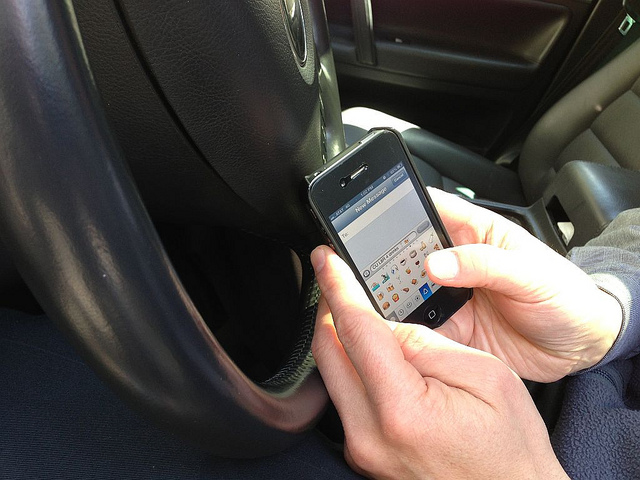
Extensive use of smartphone touch screens is changing the sensory relationship between our brains and our thumbs, a study published in Current Biology has revealed.
The plasticity of the human brain and how it adapts to repetitive gestures has been tested in multiple contexts previously, including in musicians and gamers, but neuroscientists from the University of Zurich and ETH Zurich believe smartphones provide a unique opportunity to understand how everyday life can shape the human brain on a huge scale.
Read The Article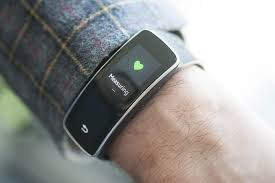
(HealthDay)—People suspected of having high blood pressure may soon be asked to wear what's known as an "ambulatory" blood pressure monitor for a day or so to confirm the diagnosis, according to draft recommendations issued by the U.S. Preventive Services Task Force.
Read The Article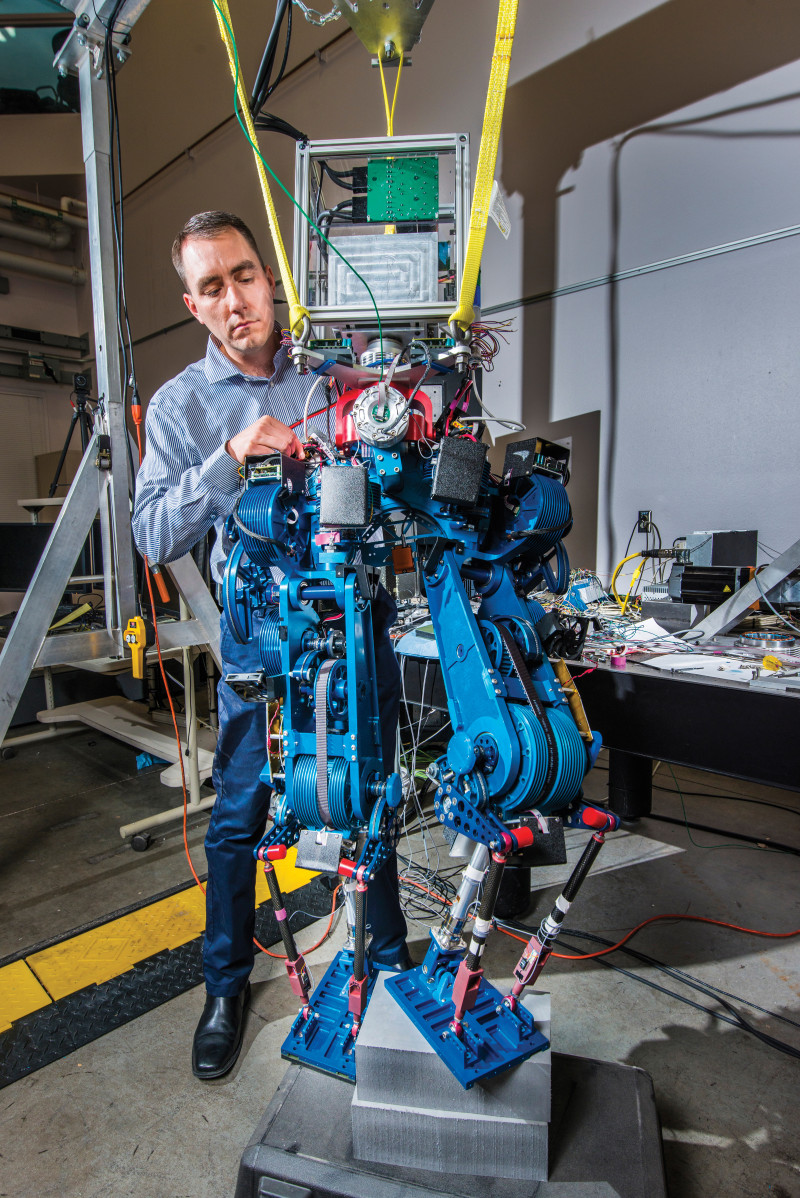
Scientists are tackling one of the biggest barriers to the use of robots in emergency response: energy efficiency. They are developing technology that will dramatically improve the endurance of legged robots, helping them operate for long periods while performing the types of locomotion most relevant to disaster response scenarios.
Read The Article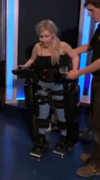
Inspired by a desire to help wounded soldiers, an international, multidisciplinary team of researchers led by Assistant Professor Conor L. Evans at the Wellman Center for Photomedicine of Massachusetts General Hospital (MGH) and Harvard Medical School (HMS) has created a paint-on, see-through, "smart" bandage that glows to indicate a wound's tissue oxygenation concentration. Because oxygen plays a critical role in healing, mapping these levels in severe wounds and burns can help to significantly improve the success of surgeries to restore limbs and physical functions. The work was published today in The Optical Society's (OSA) open-access journal Biomedical Optics Express.
Read The Article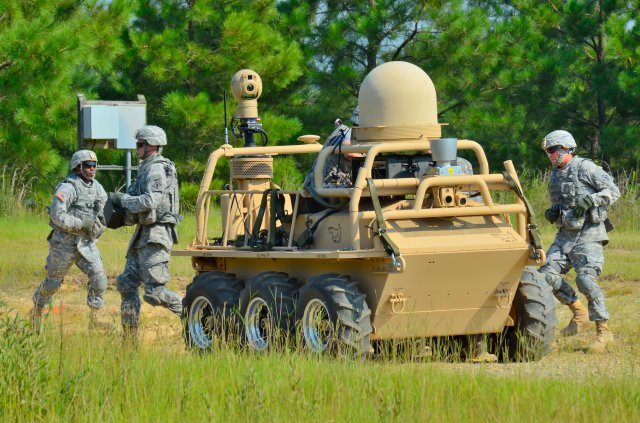

Mr. Larry Markins, TATRC’s senior technical lead & Project Manager for the Specialized MEDCOM Response Capability (SMRC)- Command, Control and Communications-Telemedicine Team is briefing the Ft. Sam Houston Burn, Logistical, and Religious Services/Behavioral Health SMRC teams and MEDCOM staff on TATRC’s capabilities. TATRC’s SMRC supports all 19 MEDCOM SMRC Teams.
Read The Article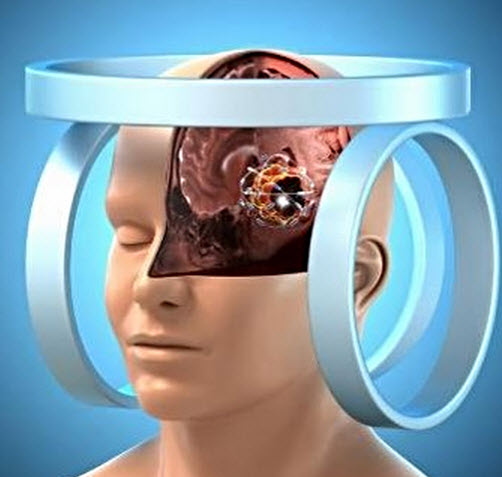
A new technique to magnetically deliver drug-carrying nanorods to deep targets in the body using fast-pulsed magnetic fields could transform the way deep-tissue tumors and other diseases are treated, say researchers at the University of Maryland (UMD) and Bethesda-based Weinberg Medical Physics LLC (WMP).
Read The Article
It looks like the NASA Jet Propulsion Laboratory team responsible for RoboSimian's existence has been busy this year, creating its possible substitute for the DARPA Robotics Challenge finale. The result? A robot that stands upright at 4.5 feet and weighs in at 200 pounds called Surrogate, or Surge for short. It's more human-like than its predecessor, with its two arms, a head and a spine, which allows it to manipulate objects better. It also has Light Detection and Ranging (LiDAR) equipment on its head, which gives it the capability to create 3D maps of various locations using laser beams. Problem is, it can't climb rough or tall terrain, because it uses caterpillar tracks. Plus, its body only has room for one set of cameras.
Read The Article
Dr. Gary Gilbert, Lab Director for TATRC’s Operational Telemedicine Lab chaired the Battlefield Medical Informatics Workshop at the Special Operations Medical Association’s Scientific Assembly and Exhibition in Tampa, FL. The panel discussed the historical background and context for previous projects of prehospital electronic medical record systems as well as a civilian perspective on this topic. The talk will also covered the DoD wide Electronic Health Record Modernization project and the charge of further inclusion of prehospital (role 1-3) systems and highlighted ongoing projects, innovations, and research in this area.
Read The Article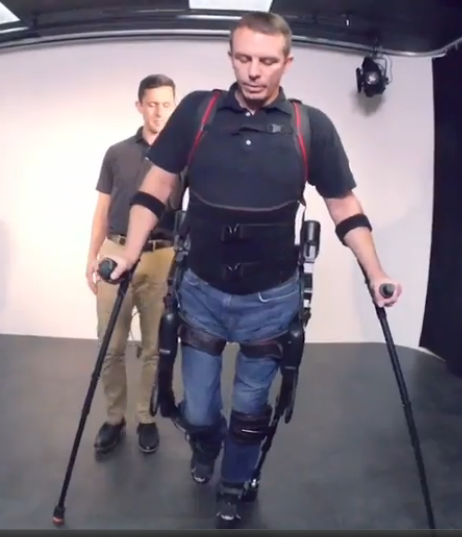
When you think of bionic exoskeleton suits, images of futuristic high-tech super soldiers often come to mind. Think Tom Cruise in this summer’s sci-fi flick Edge Of Tomorrow, or Ripley taking on the queen xenomorph in Aliens. While militaries across the world are certainly interested in designing weaponized exo-suits for their armies of the future, powered exoskeletons are actually finding a much more benevolent niche right now: patient rehabilitation.
Read The Article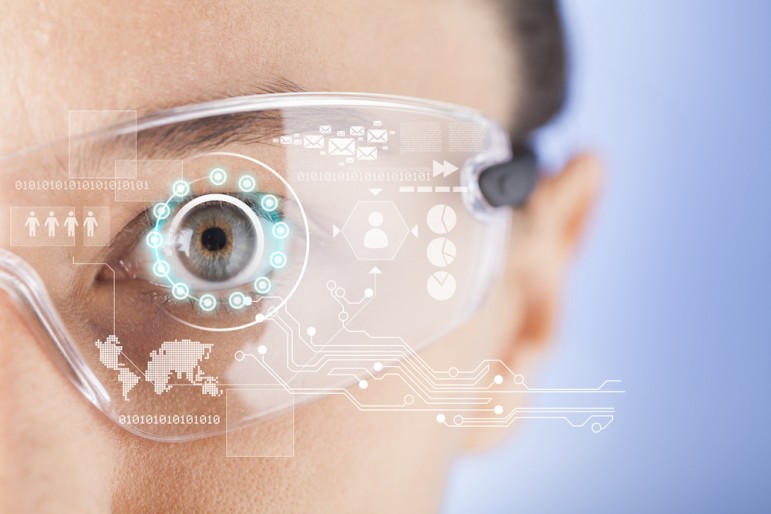
Augmented reality (AR) is defined as the direct or indirect view of a physical world whose elements are modified by computer generated sensory input such as video, graphics or GPS data. While some years ago there was a huge debate about its anticipated impact on society, today AR applications are becoming mainstream. We can increasingly augment our reality with rich data sources using media which appear as thin as air and are manipulated by a mere virtual flick of the wrist, as if we were imitating some kind of technophile Merlin with his modern magic wand.
Read The Article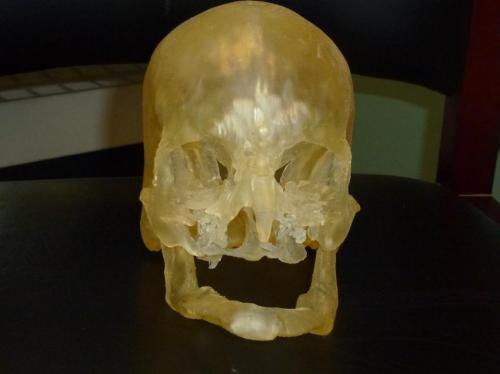
Researchers are using computed tomography (CT) and 3-D printing technology to recreate life-size models of patients' heads to assist in face transplantation surgery, according to a study presented today at the annual meeting of the Radiological Society of North America (RSNA).
Read The Article
With research and development costs for many drugs reaching well into the billions, pharmaceutical companies want more than ever to determine whether their drugs already at market have any hidden therapeutic benefits that could warrant putting additional indications on the label and increase production.
Read The Article
The US military has enlisted a new germ-killing weapon in the fight against Ebola—a four-wheeled robot that can disinfect a room in minutes with pulses of ultraviolet light.
Resembling a taller, skinnier version of R2D2 from "Star Wars," the robots are operating at three military medical centers and about 250 other American hospitals are using the machines to destroy pathogens.
Read The Article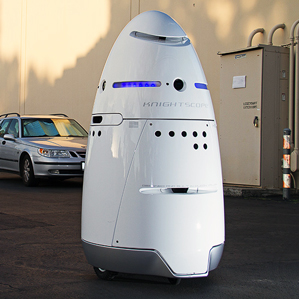
As the sun set on a warm November afternoon, a quartet of five-foot-tall, 300-pound shiny white robots patrolled in front of Building 1 on Microsoft’s Silicon Valley campus. Looking like a crew of slick Daleks imbued with the grace of Fred Astaire, they whirred quietly across the concrete in different directions, stopping and turning in place so as to avoid running into trash cans, walls, and other obstacles.
Read The Article
The neon billboards that line Hong Kong streets may eventually do more than just sell products. In a new project, a group of designers hopes to use the signs—along with a fleet of drones—to suck CO2 out of city air.
Read The Article
WASHINGTON, Nov. 7, 2014 – The Defense Department is pushing forward on information technology such as cloud computing, smartphones and apps, the Joint Information Environment, and data access to improve the mission and reduce costs, the Pentagon’s acting chief information officer said yesterday.
Terry Halvorsen gave a keynote speech here at FedTalks, an annual gathering of leaders in the technology and government IT communities nationwide.
Read The Article
With 87 percent of healthcare professionals using their smartphones in the workplace, several organizations have turned to secure texting to streamline conversations around patients while managing compliance risks. Texting fosters a collaborative environment by enabling users to quickly communicate with staff and coordinate with other departments and eradicating the need for multiple devices and tedious communication channels, but secure texting goes beyond the basics. It offers a HIPAA compliant way to communicate and gives staff instant and secure access to x-rays, patient files, and laboratory data directly to their mobile devices, helping to promote collaboration between all departments.
Read The Article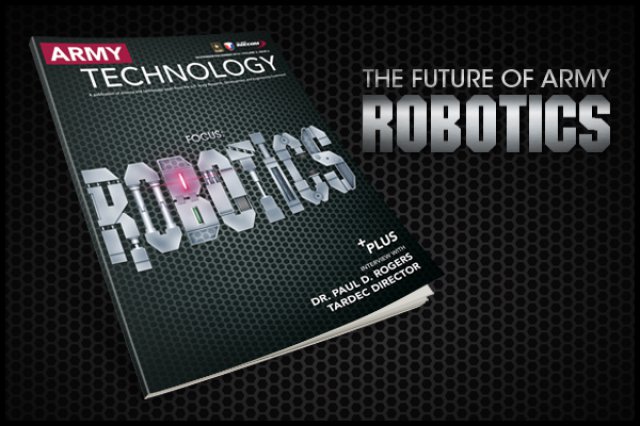
ABERDEEN PROVING GROUND, Md. (Nov. 3, 2014) -- The U.S. Army is investing in robotics research and development with a vision of increasing autonomy.
"As we plan for the future, we've determined that advanced autonomy-enabled technologies will play an even greater role in keeping our Soldiers safe," said Dr. Paul D. Rogers, director of the U.S. Army Tank Automotive Research Development and Engineering Center at the Detroit Arsenal, Warren, Michigan.
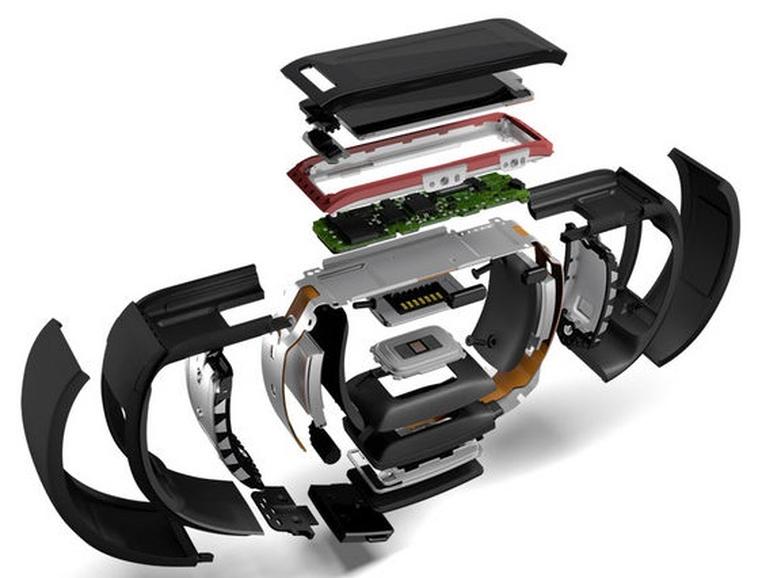
We’ve had the PC, and the smartphone, and then the tablet. Now we are entering a new era, that of the wearable. And Microsoft’s sudden and rather dramatic entrance into the market with the Band is set to be a game changer.
Read The Article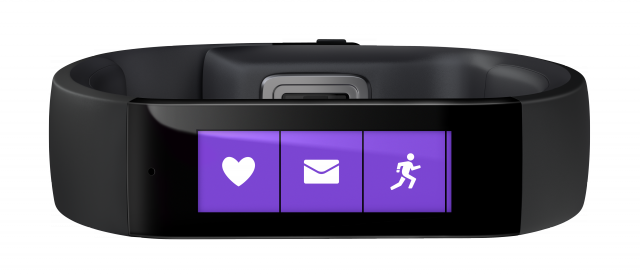
After being leaked just a few hours ago, it's now official: Microsoft's first entry into the wearable space is Microsoft Band, a fitness band.
The gadget isn't a smartwatch and isn't intended to replace your watch. It's a Bluetooth fitness band packed full of sensors: optical heart rate sensing, 3-axis accelerometers with a gyroscope to track movement, GPS to track your runs even if you leave your phone at home, skin temperature, galvanic skin response presumably to measure sweating, ambient light and UV light, and a microphone so it can be used with Cortana on Windows Phone.
Read The Article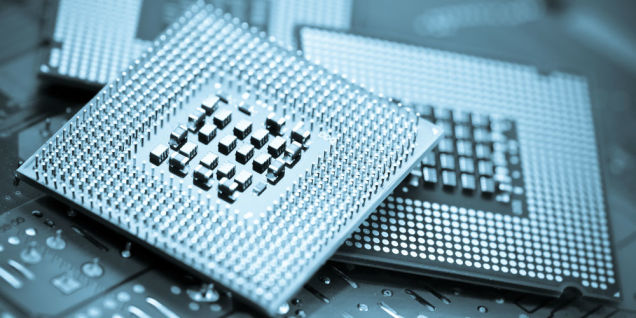
DARPA's boffins have just set a new world record in computing with a solid-state integrated circuit that packs the power of a supercomputer into a single chip. You thought your six-core, 3.9 Ghz Mac Pro was a computational powerhouse? This single chip is around 250 times as fast.
Read The Article
Today, the health history of a military beneficiary is stored in AHLTA www.health.mil, an electronic medical records system used by DOD medical providers with the veteran’s health history stored in VistA www.ehealth.va.gov/VistA.asp. The data in the systems is not interoperable so when service members are discharged from active duty, their health history is not available in VistA, which greatly inhibits continuity of case as service members’ transition to veteran status.
Read The Article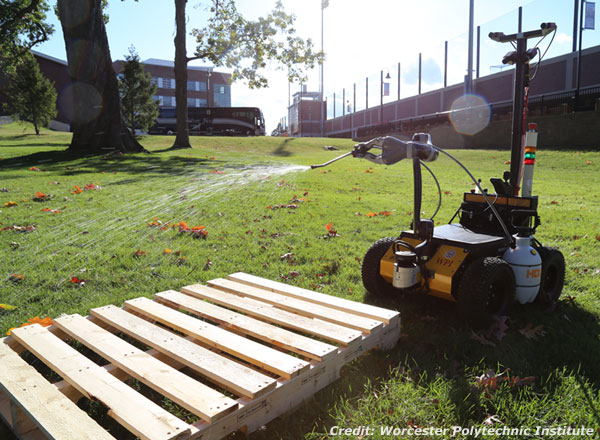
The White House and roboticists have set Nov. 7 to get together in a workshop to explore ways of using robots to help in the battle against Ebola.
The White House Office of Science and Technology Policy will cohost the workshop on safety robotics for Ebola workers, with Texas A&M University's Center for Robot-Assisted Search and Rescue, or CRASAR.
Read The Article
Through a computational algorithm, a team of researchers has developed a neural network that allows a small robot to detect different patterns, such as images, fingerprints, handwriting, faces, bodies, voice frequencies and DNA sequences.
Read The Article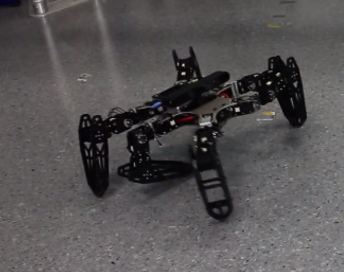
If you’ve ever watched a three-legged dog run around like nothing was amiss, or hurt your leg and hobbled on through the day, you know that animals can adapt to an injured or lost limb pretty quickly. Robots, though, are much slower at this, if they can do it at all. They can’t “‘think outside the box’ to find a compensatory behavior when damaged,” say robotics engineers Antoine Cully, Jeff Clune, and Jean-Baptiste Mouret. They either have to rely on trial-and-error learning algorithms—which can take hours to find a new gait that works with the injury—or the contingency plans their designers built in, which can’t foresee every possible injury or situation.
Read The Article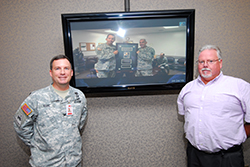
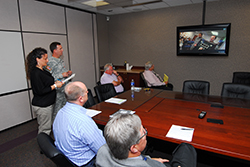
The General Maxwell R. Thurman Award for Excellence in Telemedicine and Advanced Medical Technology recognizes individuals who have made significant contributions and demonstrated outstanding excellence and achievement in the advancement of Telemedicine/Telehealth. The recipient of the 2014 Thurman Award is LTC C. Becket Mahnke, MC, Chief of Pediatric Cardiology, Tripler Army Medical Center (TAMC), for his achievement in moving the Pacific Asynchronous Tele-Health (PATH) into a fully operational system with demonstrated improvements in healthcare access, quality, and cost.
PATH is a web-based, asynchronous, HIPAA-compliant platform used for provider-to-provider teleconsultation and aeromedical evacuation case management that was partially funded through the AAMTI program. In addition to this, LTC Mahnke has successfully executed other AAMTI demonstration projects, most notably, the Pediatric Heartsounds system. In an award ceremony conducted by VTC on 6 October 2014, COL Dan Kral, Director of the Telemedicine and Advanced Technology Research Center (TATRC), along with Mr. John Winston, Program Director for the AAMTI, Fort Detrick, MD "virtually" presented the award to LTC Mahnke, located at TAMC, alongside Tripler's hospital Commander, COL David Dunning. COL Kral stated, "It is only fitting that we should use communications technology to present an award that recognizes advancement in health communications technology, such as Telehealth. LTC Mahnke's singular contribution to the development and fielding of PATH provides Army Medicine with a robust and cost-effective means of providing quality patient care across vast distances." LTC Mahnke is the 20th recipient of the Thurman Award since its inception in 1996.
Congratulations To LTC Mahnke on this very prestigious and well deserved award!
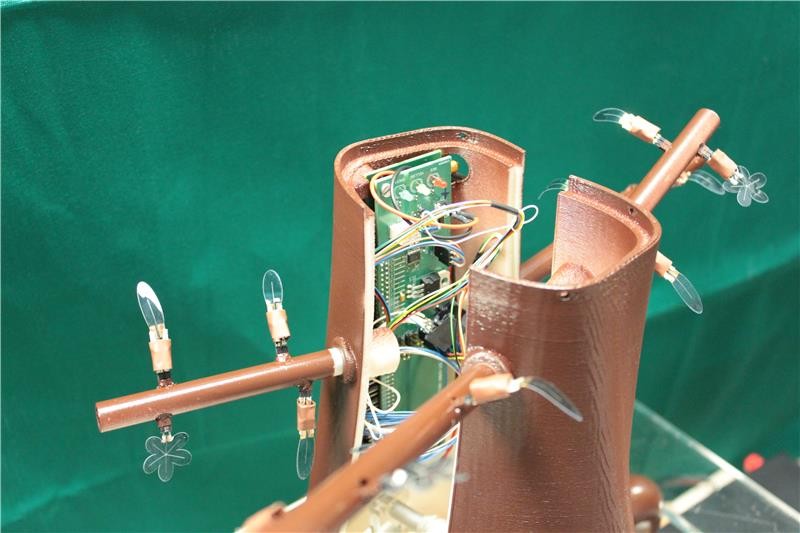
EU-funded researchers are demonstrating revolutionary robotic techniques inspired by plants, featuring a 3D-printed 'trunk', 'leaves' that sense the environment and 'roots' that grow and change direction. Humans naturally understand problems and solutions from an animal's perspective, tending to see plants as passive organisms that don't 'do' much of anything, but plants do move, and they sense, and they do so in extremely efficient ways.
Read The Article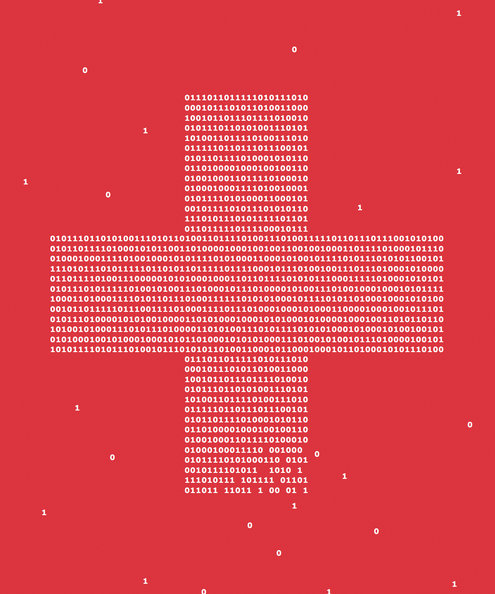
When a helicopter rushed a 13-year-old girl showing symptoms suggestive of kidney failure to Stanford's Packard Children's Hospital, Jennifer Frankovich was the rheumatologist on call. She and a team of other doctors quickly diagnosed lupus, an autoimmune disease. But as they hurried to treat the girl, Frankovich thought that something about the patient's particular combination of lupus symptoms — kidney problems, inflamed pancreas and blood vessels — rang a bell. In the past, she'd seen lupus patients with these symptoms develop life-threatening blood clots. Her colleagues in other specialties didn't think there was cause to give the girl anti-clotting drugs, so Frankovich deferred to them. But she retained her suspicions. “I could not forget these cases,” she says.
Read The ArticleMuch of mobile health technology's big splashes have involved creating gadgets that track fitness more effectively or make miniaturized versions of heavy hospital and ICU equipment: electrocardiograms, telemedicine video cameras, thermometers, and pulse oximeters.
But what about psychiatric issues? Psychiatric issues often require face-to-face human contact with a psychiatric provider to provide diagnoses and assessments. Technology often does not play a role in mental health encounters.
Read The ArticleAt this week's AHA Tech Forum in Austin, Texas, it was revealed that the Health e-Heart study based at the University of California – San Francisco (UCSF) has enrolled nearly 10,000 patients about a year and a half after launch.
Read The Article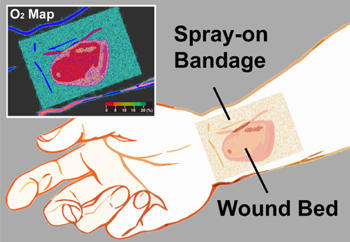
Inspired by a desire to help wounded soldiers, an international, multidisciplinary team of researchers led by Assistant Professor Conor L. Evans at the Wellman Center for Photomedicine of Massachusetts General Hospital (MGH) and Harvard Medical School (HMS) has created a paint-on, see-through, "smart" bandage that glows to indicate a wound's tissue oxygenation concentration. Because oxygen plays a critical role in healing, mapping these levels in severe wounds and burns can help to significantly improve the success of surgeries to restore limbs and physical functions. The work was published today in The Optical Society's (OSA) open-access journal Biomedical Optics Express.
Read The ArticleUnlike Zio and Piix which are both single-lead monitors, the V-Patch monitor from a company based in Australia provides a three-lead tracing. While the design is larger than that of the Zio or Piix, it does shed most of the wires of traditional Holters and event monitors. It’s also waterproof. Similar to to the Piix patch, data is transmitted wirelessly via a cellular-enabled controller unit. The V-Patch can be worn for up to 7-days at a time. Currently, the V-Patch is not available in the United States though it has received 510(k) clearance.
Read The Article
Inspired by a desire to help wounded soldiers, an international, multidisciplinary team of researchers led by Assistant Professor Conor L. Evans at the Wellman Center for Photomedicine of Massachusetts General Hospital (MGH) and Harvard Medical School (HMS) has created a paint-on, see-through, "smart" bandage that glows to indicate a wound's tissue oxygenation concentration. Because oxygen plays a critical role in healing, mapping these levels in severe wounds and burns can help to significantly improve the success of surgeries to restore limbs and physical functions. The work was published today in The Optical Society's (OSA) open-access journal Biomedical Optics Express.
Read The Article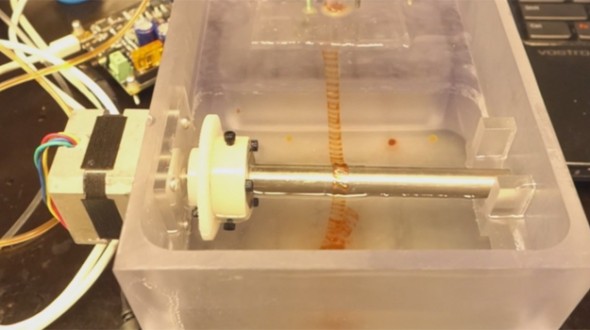
When it comes to treating burns, we really haven’t progressed very far. Oh, we have ways of at least trying to fight all the problems that surround a burn, like infection and shock, but the burn itself is still mostly up to the best practices of mother nature. We have a basically helpful topical cream or two, but when it comes to regrowing damaged or destroyed patches of skin we really can’t do much to assist the body’s own processes — but that may be about to change.
Read The Article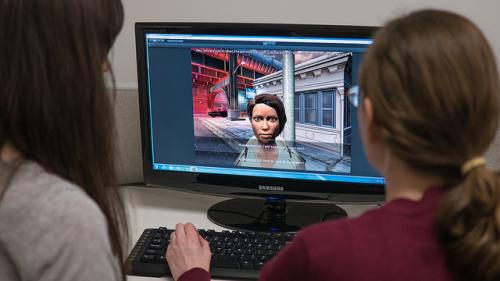
Elisabeth Whyte isn't a typical gamer: She has her very own World of Warcraft podcast, a fan following and a blog frequented by 15,000 visitors each month. Though her online persona specializes in dragon slaying, in real life she's a postdoctoral research assistant and psychology lecturer at Penn State who is leveraging her gaming expertise to design a computer game that could help adolescents with autism improve their social skills.
Read The Article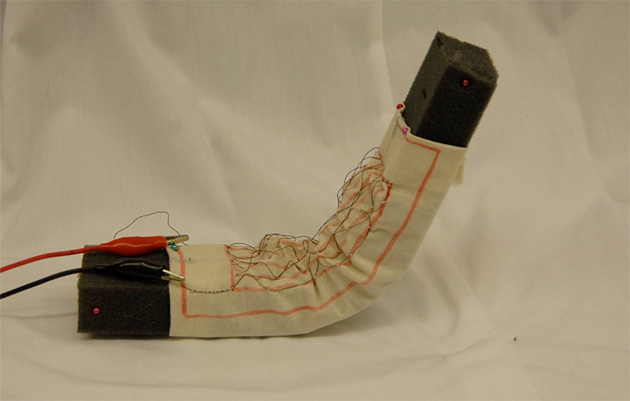
When we think about robotics, we don't typically think about a lump of inert foam -- but with the right clothing, it counts. Researchers at Purdue University are developing a robotic fabric that can be used to make so-called "soft" robots out of foam and other lightweight materials. The team has embedded fabric with a flexible polymer that changes shape and rigidity when heated, allowing it to be contracted or relaxed at will. Wrap a specifically assigned swatch of this cloth around a piece of foam, and it can be coaxed into bending, wriggling or moving in specific ways. "We will be able to design reboots on the fly," Purdue University's Rebecca Kramer says. "Anything can be a robot because all of the robotic technology is in the fabric or skin."
Read The Article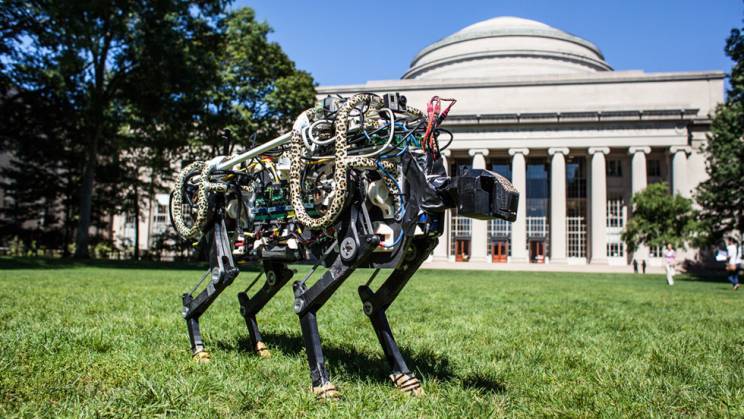
The cheetah is off the leash! Researchers at MIT have built a four-legged robot that runs like the super-fast spotted feline and can even run on its own power, off a treadmill. The robot has now been filmed sprinting like a champ across grassy fields on the MIT university campus.
Read The Article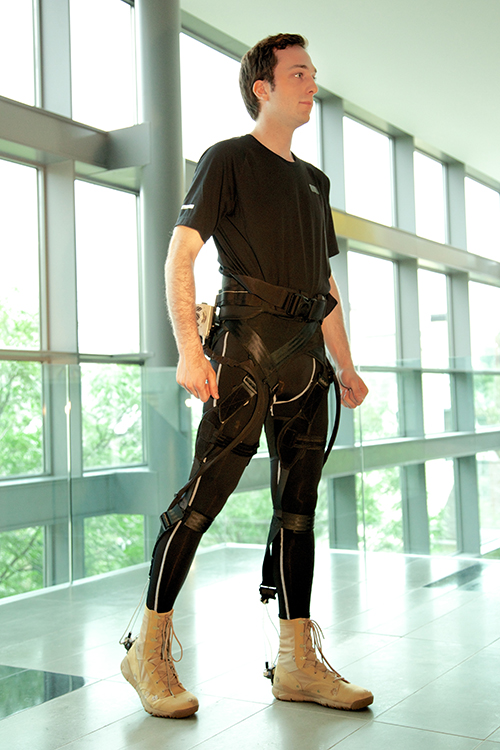
Harvard University's Wyss Institute for Biologically Inspired Engineering is continuing development of a lightweight, soft exosuit for DARPA's Warrior Web program, which is aimed at creating technologies that mitigate musculoskeletal injuries among warfighters while improving performance. The Wyss team is seeking to integrate component technologies developed in separate Warrior Web efforts into a prototype suit that offers expanded capabilities. DARPA plans to test the final suit in appropriate mission profiles under realistic loads to evaluate performance.
Read The Article
On Tuesday, Sept. 16, the U.S. Army Medical Research and Materiel Command and Fort Detrick will say "goodbye" to Maj. Gen. Joseph Caravalho, Jr., as he hands over the reins to Maj. Gen. Brian C. Lein, the current deputy surgeon general and deputy commanding general for operations at the Office of the Surgeon General.
Read The Article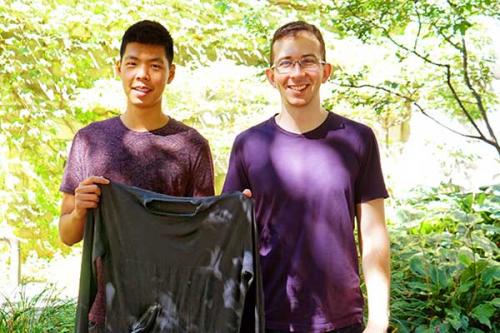
Were you a little chilly last winter? So were Alex Huang and Jason Yakimovich. And they did something about it.
Then students slogging through bitter drifts to fourth-year classes, the two were so unimpressed by the polar vortex that they decided to take matters into their own hands by inventing the world's first intelligent heated base layer.
Read The Article
WASHINGTON (Army News Service, Sept. 11, 2014) -- The Army is researching physiological sensors that may help Soldiers achieve superior performance on battlefields of the future, said the commanding general of Fort Detrick, Maryland.
Read The Article
WASHINGTON, Sept. 10, 2014 – The future of military medicine is evolving largely from the input of service members and their families, Lt. Gen. (Dr.) Douglas J. Robb, director, Defense Health Agency, said at the annual Warrior-Family Symposium here today.
An organization under the Military Health System umbrella, the agency is the military's platform to deliver health care, Robb told the symposium audience. The event was cosponsored by the Military Officers Association of America and the National Defense Industrial Association.
Read The Article
Regenerative medicine researchers at Wake Forest Baptist Medical Center in North Carolina have developed what they say is the most successful method to date to keep blood vessels in new human-sized pig kidney organs open and flowing with blood — a major challenge in the quest to build replacement kidneys in the lab. This study was supported, in part, by the Telemedicine and Advanced Technology Research Center at the U.S. Army Medical Research and Materiel Command.
Read The Article
Remote communities around the world are often the most vulnerable during times of disaster. Poor infrastructure, inadequate communication systems and an all-around lack of resources can plague medical response operations and jeopardize countless lives. Partnering with the Telemedicine and Advanced Technology Research Center (TATRC), a lab within the U.S. Army Medical Research and Materiel Command at Fort Detrick, Maryland, Schulman helped develop an Android-based app that can capture data gathered by medical responders working in the field. Using a personal or military-issued smartphone or tablet, medical responders can share that data from remote locations.
Read The Article
Imagine a non-rigid, shape-changing robot that walks on four "legs," can operate without the constraints of a tether, and can function in a snowstorm, move through puddles of water, and even withstand limited exposure to flames. Harvard advanced materials chemist George Whitesides, PhD and colleagues describe the mobile, autonomous robot they have created in Soft Robotics.
Read The Article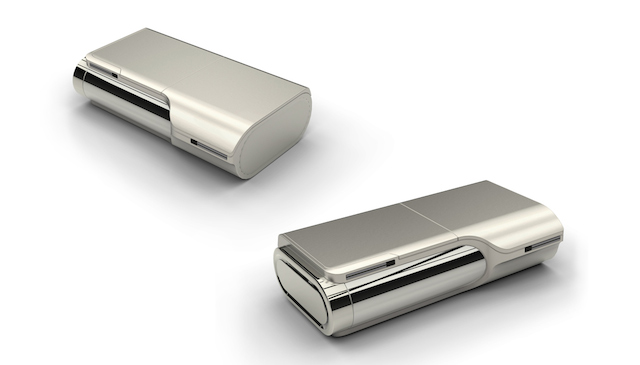
We may not have developed the transporter or the warp drive yet, but Qualcomm wants to make sure that at least we’ll be able to diagnose our disappointment with the future in a Star Trek way. The American telecom and chipmaking company has just announced the final 10 competitors vying for their $10 million Qualcomm Tricorder XPRIZE, a contest in which each team is trying to create a working version of the medical tricorder, the Star Trek universe’s all-in-one handheld hospital.

The decade-plus that the United States has been at war has produced dramatic advancements in tactical combat casualty care. These improvements can be seen on two fronts: The military itself has developed new structures and strategies through which to provide the quickest and best possible care to wounded warriors. And the private sector has made its contributions by developing products never seen before on the battlefield.
Read The Article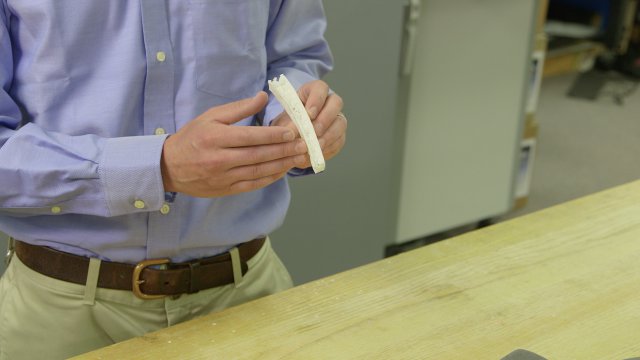
ABERDEEN PROVING GROUND, Md. (Aug. 12, 2014) -- Shock waves from battlefield explosions are invisible threats for U.S. Soldiers and their top-of-the-line combat helmets, but with new studies in synthetic human physiology, researchers are learning how to lessen blast wave effects on the brain.
Read The Article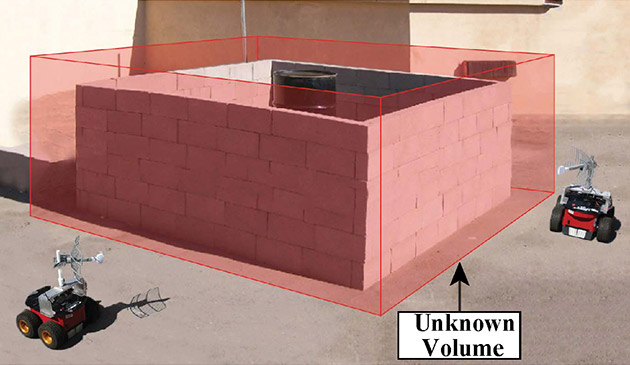
These robots from the labs of a University of California, Santa Barbara professor might not be able to outrun anyone, but they sure have a special ability of they own: they can see through walls using only WiFi signals. For the technique to work, the machines work in pairs, with one broadcasting wireless transmissions and another (positioned on the opposite end) measuring them. Since walls and objects reduce signal strength, the receiver can distinguish between empty and occupied spaces to create an accurate map of the area. These aren't the first robots we've seen that can peer through concrete, but the Cougar20-H surveillance robot that emerged years ago uses a number of sensors, whereas UCSB's creation depends solely on WiFi.
Read The Article
In a recent issue of Army Magazine, the possibilities of 3D-printing tech for military use are outlined in great detail. We've already discussed the research into crafting mission-specific weapons, but expanding culinary options for soldiers is high on the to-do list as well. Currently, Meals, Ready-to-Eat (MREs) provide 24 rather unappealing options -- like the imitation pork rib pictured above -- that won't spoil and still provide nutritional value. Heck, a suitable pizza option just arrived recently, and it lasts for three years. Now, with the advances in 3D-printed food, the Army is researching ultrasonic agglomeration that fuses particles with ultrasonic waves to expand the menu.
Read The Article
Workers building the world’s biggest ships could soon don robotic exoskeletons to lug around 100-kilogram hunks of metal as if they’re nothing AT A sprawling shipyard in South Korea, workers dressed in wearable robotics were hefting large hunks of metal, pipes and other objects as if they were nothing.
Read The Article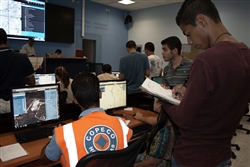
WASHINGTON, July 24, 2014 – The Defense Department is using geospatial, or mapping, technology in a tool that will soon be available to assist countries and organizations dealing with the deadly consequences of hurricanes, earthquakes and other disasters and humanitarian crises, experts from DoD and U.S. Southern Command said in a recent DoD News interview.
The open-source software is called GeoSHAPE, which stands for geospatial tool for security, humanitarian assistance and partnership engagement, Elmer L. Roman said.
Read The Article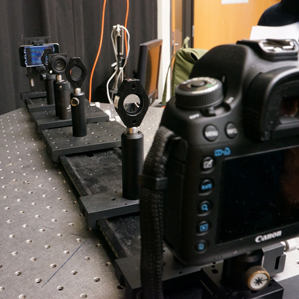
Those of us who need glasses to see a TV or laptop screen clearly could ditch the eyewear thanks to a display technology that corrects vision problems.
The technology uses algorithms to alter an image based on a person’s glasses prescription together with a light filter set in front of the display. The algorithm alters the light from each individual pixel so that, when fed through a tiny hole in the plastic filter, rays of light reach the retina in a way that re-creates a sharp image. Researchers say the idea is to anticipate how your eyes will naturally distort whatever’s onscreen—something glasses or contacts typically correct—and adjust it beforehand so that what you see appears clear.
Read The Article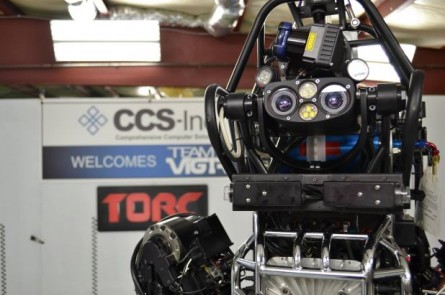
Apparently the DARPA competition to build a humanoid robot is going so swimmingly that the Defense Department’s advanced research wing is pushing back the schedule — not the usual reason for a missed deadline at the Pentagon.
The Defense Advanced Research Project Agency’s DARPA Robotic Challenge is focused on humanoid robots that could assist in disaster missions. Bryant Jordan helpfully writes, “If there is also a weaponized version a la The Terminator anywhere in the plan the Pentagon has not said so.”
Read The Article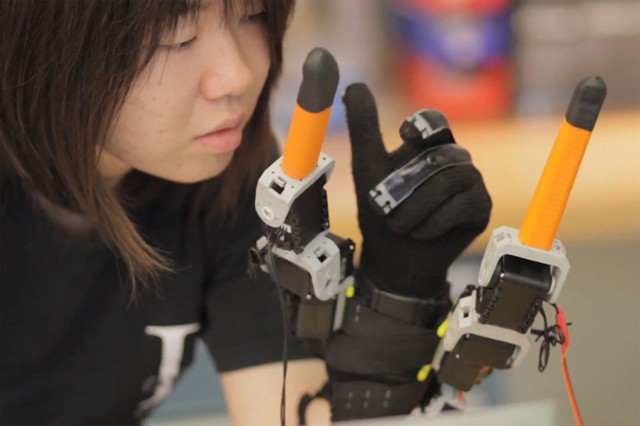
Four fingers and a thumb on each hand is pretty useful. Humans have gone from caves to sprawling cities in part because of our dexterous digits.
But researchers at MIT think we could do even better if we had an upgrade. They have developed a glove with two extra robotic fingers that respond intelligently to your movements, allowing you to perform two-handed tasks with just one robot-enhanced hand.
Read The Article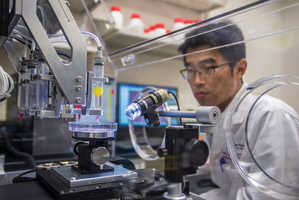
FORT DETRICK, Md. - A team of scientists scans the surface of severely burned skin, creates a three-dimensional map of the wound with a laser, and then prints skin cells onto the patient using a 3-D bioprinter.
Medical specialists are developing methods to transition this research from the laboratory to clinical trials.
Read The Article
WASHINGTON, July 15, 2014 – The Defense Advanced Research Projects Agency is working to develop wireless, implantable brain prostheses for service members and veterans who suffer memory loss from traumatic brain injury.
Called neuroprotheses, the implant would help declarative memory, which consciously recalls basic knowledge such as events, times and places, DARPA officials said.
Read The Article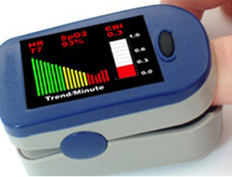
Battlefield medics and emergency responders have seen it before: a patient with no visible wounds suddenly goes into shock from internal bleeding.
At that point, no matter how fast medical personnel respond, “the patient can still die,” said Lt. Col. Will Smith, an emergency medicine physician in the Army Reserve. By the time a patient “crashes,” or goes into shock, the body has difficulty keeping the brain and heart functioning. Early recognition and treatment of shock is paramount to saving the life of a patient with internal injuries, he said.
Read The Article
Army Medicine is committed to reaching beneficiaries where they live. The Performance Triad application (v1.0) is now available to do just that.
Members of the U.S. Army Public Health Command, the Performance Triad Team at the Office of the Surgeon General and the Combined Arms Support Center Sustainment Center of Excellence Mobile (SCoEMobile) team recently released the first version of the Performance Triad app for global distribution. This app provides specific educational resources for squad leaders, Soldiers, spouses, Civilians, healthcare workers, pre-Retirees, and Retirees on how to optimize their performance and enhance their health.
Read The Article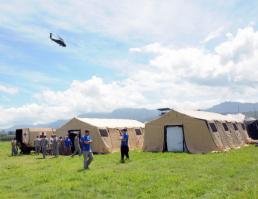
SOTO CANO AIR BASE, Honduras – In preparation for the 2014 hurricane season, the Joint Task Force-Bravo Medical Element (MEDEL) conducted a humanitarian assistance/disaster response (HADR) exercise June 12, 2014.
The MEDEL’s mission was to establish a forward medical treatment operation capable of providing triage, primary care, surgical capabilities, patient holding and evacuation.
Read The Article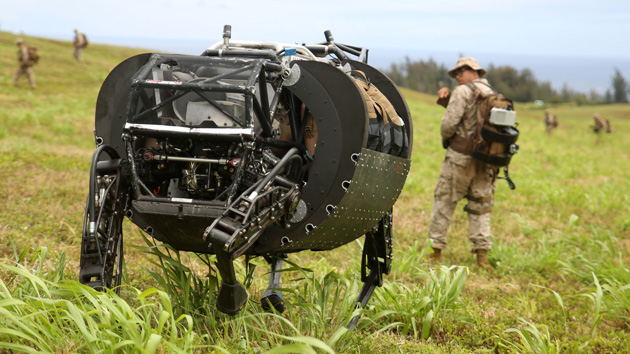
They grow up so fast, don't they? It seems like only yesterday that Boston Dynamics' AlphaDog (aka LS3) robot was finding its legs, and yet it has already gone out on training exercises with the US Marine Corps for the first time. The cargo-hauling machine dutifully trotted behind a Marine squad traversing a simulated combat zone in Hawaii, proving that it could both navigate rough terrain and resupply other platoons that would otherwise have to wait for an ATV.
Read The Article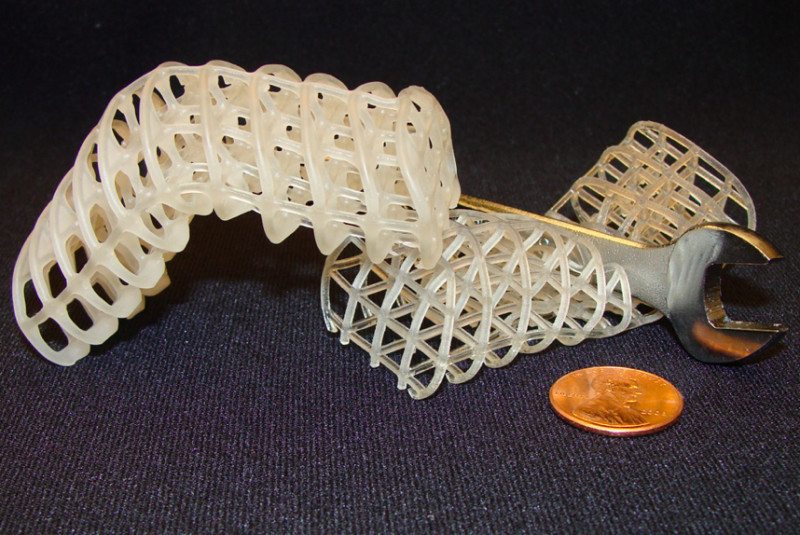
In the movie 'Terminator 2,' the shape-shifting T-1000 robot morphs into a liquid state to squeeze through tight spaces or to repair itself when harmed. Now a phase-changing material built from wax and foam, and capable of switching between hard and soft states, could allow even low-cost robots to perform the same feat.
Read The Article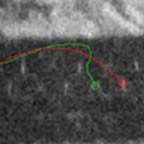
DARPA’s Extreme Accuracy Tasked Ordnance (EXACTO) program recently conducted the first successful live-fire tests demonstrating in-flight guidance of .50-caliber bullets. This video shows EXACTO rounds maneuvering in flight to hit targets that are offset from where the sniper rifle is aimed. EXACTO’s specially designed ammunition and real-time optical guidance system help track and direct projectiles to their targets by compensating for weather, wind, target movement and other factors that could impede successful hits.
Read The Article
DARPA has selected two universities to initially lead the agency’s Restoring Active Memory (RAM) program, which aims to develop and test wireless, implantable “neuroprosthetics” that can help servicemembers, veterans, and others overcome memory deficits incurred as a result of traumatic brain injury (TBI) or disease.
Read The Article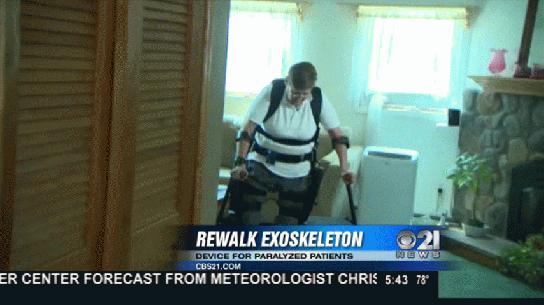
An autoimmune disease left retired U.S. Army sergeant Theresa Hannigan paralyzed three years ago, but now she can stand up and walk again, as the first patient in the country to use the wearable robotic exoskeleton ReWalk at home.
Read The Article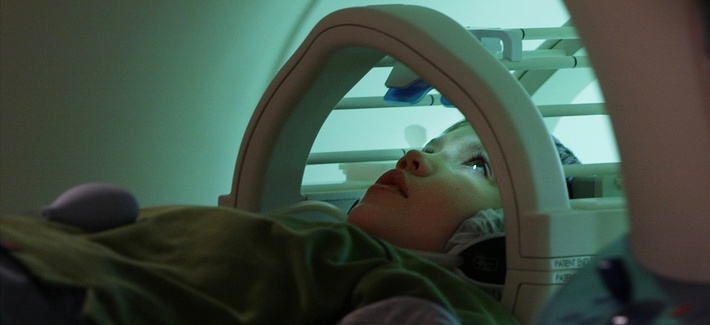
Scientists funded by the Defense Department have just announced a breakthrough that could allow researchers to create in 220 days an extremely detailed picture of the brain that previously would have taken 80 years of scans to complete.
Read The Article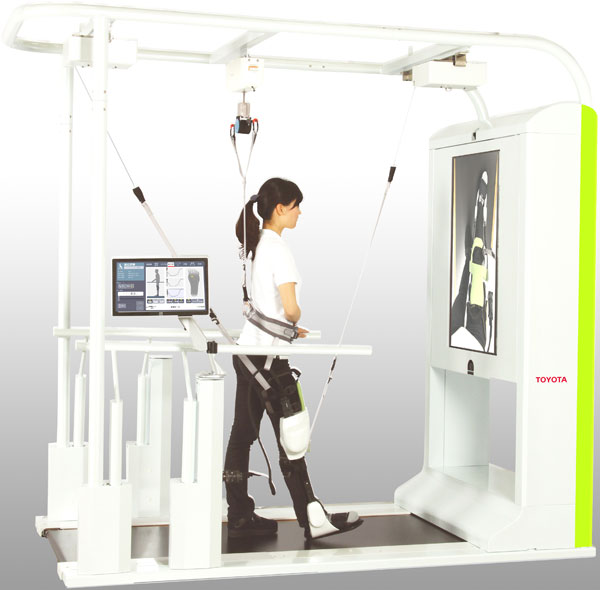
Robotic therapy has great potential for helping people with all kinds of injuries and disorders to regain motor function. Robots can lead patients along finely tuned exercise routines, helping them perform tasks that would otherwise need highly trained therapists. Toyota, the one that makes Camrys, is about to begin trialling its Walk Training Assist and Balance Training Assist robots at twenty rehab facilities around Japan.
Read The Article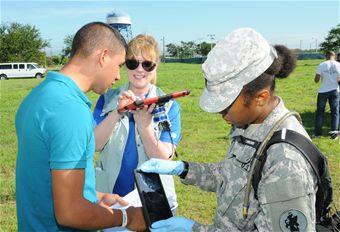
TATRC's own Cynthia Barrigan, program manager for global health systems research, participated in the Joint Task Force-Bravo Medical Element (MEDEL) which conducted a humanitarian assistance/disaster response (HA/DR) exercise at Soto Cano Air Base, Honduras June 12, 2014. The MEDEL's mission was to establish a forward medical treatment operation capable of providing triage, primary care, surgical capabilities, patient holding and evacuation. As part of this exercise, a suite of mobile technology applications that run on smartphones and tablets were used to enhance the capabilities of the unit: Global MedAid, Medical Application of Speech Translation (MAST) and GeoSHAPE.
Read The Article
The TATRC Operational Telemedicine Lab coordinated and conducted a full-day field demonstrations on of the latest Operational Medicine technologies and research prototypes at the U.S. Army Communications Electronics Research Development & Engineering Command (CERDEC) Command, Control, Communications, Computers, Intelligence, Surveillance & Reconnaissance (C4ISR) Ground Activity (CGA) located at Range #1, located at Joint Base McGuire-Dix- Lakehurst (JBMDL), NJ.
Read The Article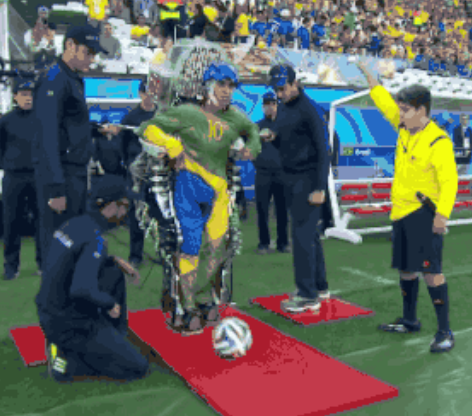
As promised, a paralyzed man did indeed kick off today's World Cup festivities by wearing a mind-controlled robotic exoskeleton. Juliana Pinto, a 29-year-old paraplegic, was one of eight patients chosen for the opening ceremony after extensive training in a lab in Sao Paulo. Dr. Miguel Nicolelis, a neuroscientist from Duke University who's the leader of the Walk Again Project, was ecstatic, proclaiming on Twitter "We did it!!!"
Read The Article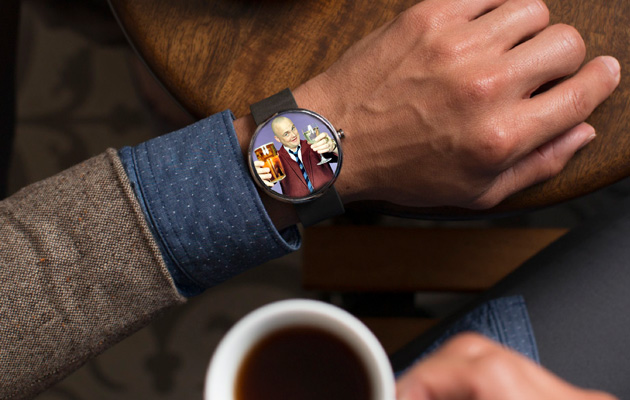
Summer is the ideal time to frolic out in the sun, but there's always the risk that you'll neglect the amount of water that you're taking in. Sandia National Laboratories is hoping to put an end to that, after designing a wrist-worn sensor that lets you know when you're dehydrated. An array of micro-needles on the underside of the watch-like device sticks into your skin to measure your interstitial fluid levels -- broadly speaking, the water that sits between your cells.
Read The Article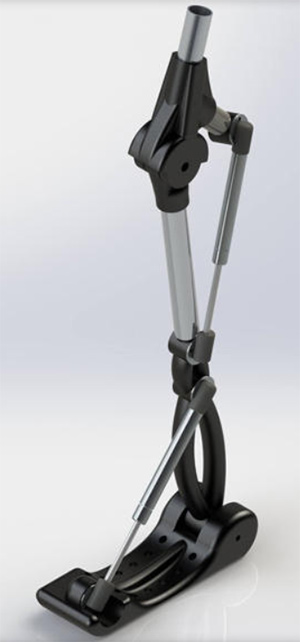
Robohand, an organization that’s been developing 3D printed prosthetic devices such as the Roboarm and Robofinger, has unveiled a prototype lower extremity prosthesis called RoboLeg. The device is designed to be easy to manufacture and fit for each amputee’s unique anatomy, and to address the issue present in many unpowered prostheses that the user has to “kick” the foot out in order for it to swing forward.
Read The Article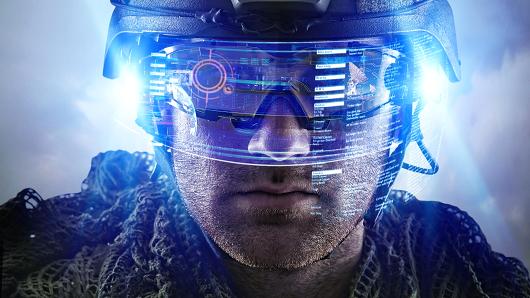
Forget an Apple iWatch, the U.S. military is the one really taking wearable technology to new levels.
Different divisions of the U.S. armed forces, as well as other government agencies such as Darpa, are all working on developing high-tech armor that will help not only provide soldiers with full-body ballistic protection, but will also give them superhuman-like capabilities.
Read The Article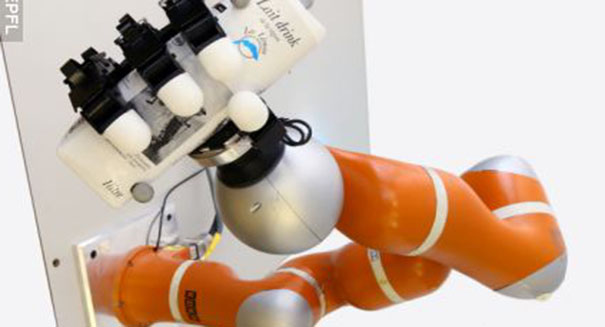
Catching flying object is typically thought of as a uniquely human achievement. After all it, takes both split-second brain calculations and rapid physical adjustments to happen successfully. Not anymore. Researchers from the Learning Algorithms and Systems Laboratory at EPFL (LASA) have designed a robotic arm that can adjust to catch all manner of objects thrown at it in five hundredths of a second. The robot may even have applications for warding off debris in outer space.
Read The Article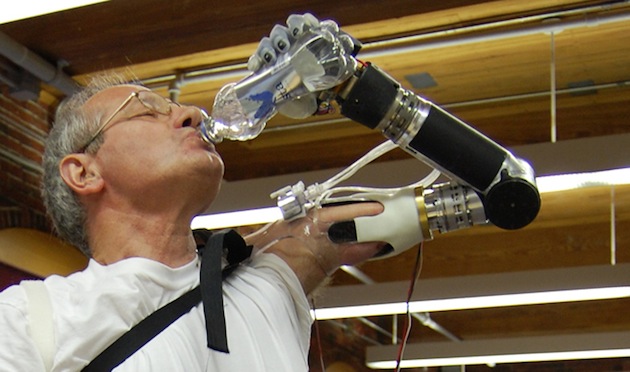
After years of testing, the FDA today approved a new type of prosthetic arm that its makers claim will bring a whole new level of control to amputees. Known as the "Luke" arm or DEKA Arm System, Segway inventor Dean Kamen has been involved in its development and unlike existing prosthetics, it can understand multiple commands at once, giving its wearers "near-natural" control of the limb. As demonstrated in the videos embedded after the break, tests show wearers can get back to easily performing tasks like using keys and locks, brushing their hair, removing papers from an envelope, or picking up an egg without breaking it.
Read The Article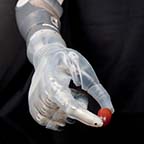
DARPA launched the Revolutionizing Prosthetics program with a radical goal: gain U.S. Food and Drug Administration (FDA) approval for an advanced electromechanical prosthetic upper limb with near-natural control that enhances independence and improves quality of life for amputees. Today, less than eight years after the effort was launched, that dream is a reality; the FDA approved the DEKA Arm System.
Read The Article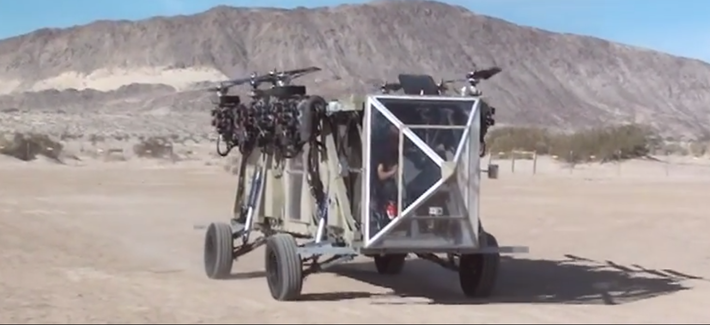
The Pentagon’s Osprey can take to the skies like a helicopter and an airplane—but pilots can’t land them and then drive them like a truck across rugged terrain or fly them remotely. Enter the Black Knight Transformer, a hybrid “multi-copter” that will bring the Army one step closer to an unmanned vehicle that can move troops and equipment in poor weather, by land or air.
Read The Article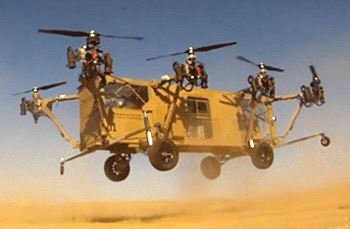
Remember that crazy-looking helicopter-drone-truck we showed you a few months ago? Now it is real and it is here. Advanced Tactics has released the very first video showing the Black Knight Transformer flying through the desert.
Read The Article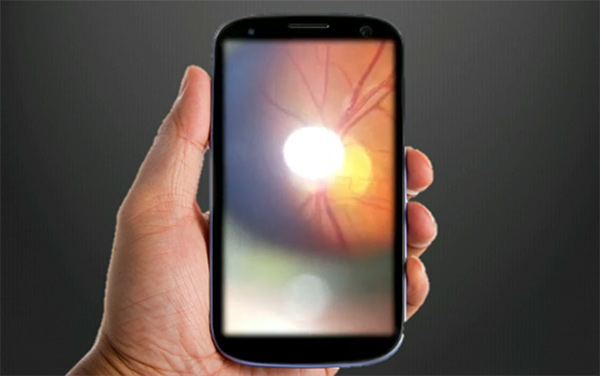
Last year we covered a new smartphone-based eye exam system that was being tested in Kenya as an alternative to traditional, costlier equipment. The PEEK (Portable Eye Examination Kit) combines the power of a smartphone, including its camera and flash, with a 3D printed clip-on adapter that makes taking eye exams a snap. Here’s Andrew Bastawrous, a Kenyan ophthalmologist that’s the lead on the project, showing off the technology and discussing how it completely changed the way eye exams have been performed in the field trials.
Read The Article
Five people who suffered serious leg injuries have been able to regrow muscle tissue in their legs thanks to a new regenerative medicine treatment. The new treatment requires intensive surgery to remove scar tissue, after which a biological scaffold is sutured in. Within two days, the patients began an intensive physical therapy regimen that helps direct the development of stem cells in the body that are drawn to the implant. Once the stem cells reach the implant, they start making new muscle tissue.
Read The Article
Cynthia Barrigan, technology developer at the Telemedicine and Advanced Technology Research Center, part of the Army Medical Research and Material Command, is focused on using mobile data to enhance the performance of military personnel in health-related engagements around the world. She is developing and piloting a mobile application toolkit that, among other things, makes data collection and sharing more efficient.
Read The Article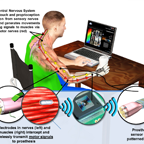
To understand the meaning of “proprioception,” try a simple experiment. Close your eyes and lift your right arm above your head. Then, move it down so that it’s parallel to the ground. Make a fist and release it. Move it forward, and then swing it around behind you like you’re stretching. Finally, freeze in place, open your eyes, and look. Is your arm positioned where you thought it would be?
Read The Article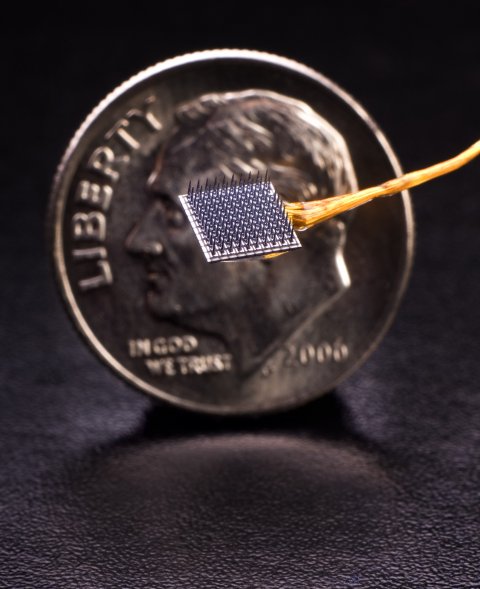
Computer chips aren't just for your laptop and phone anymore. Doctors are implanting these technologies in our brains to restore sight to the blind and hearing to the deaf. Soon, they could give people super senses and radically improved memory and focus.
Read The Article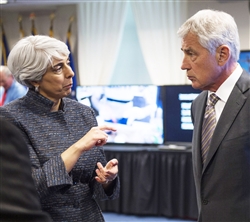
WASHINGTON, April 23, 2014 – Defense Advanced Research Projects Agency program personnel demonstrated five technologies under development to Defense Secretary Chuck Hagel in the secretary's conference room yesterday.
DARPA Director Arati Prabhakar provided the secretary with a demonstration of the agency's latest prosthetics technology.
Read The Article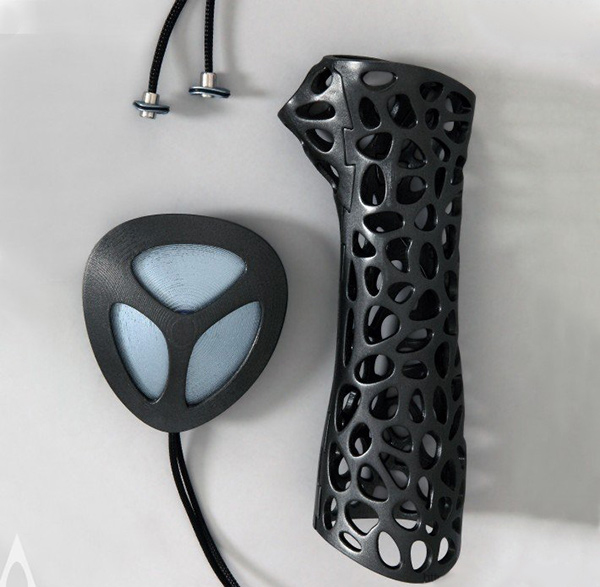
Anyone who has ever worn a cast knows well how itchy, smelly, and unpleasant it can be. The casts are heavy and have no ventilation, so skin beneath gets no air or sun while the unused muscles weaken and reduce in size. Deniz Karasahin, an industrial designer, has proposed a new approach that uses a 3D printer to create custom breathable, washable casts. The casts would be created using 3D scans of the patient’s own limbs and printed out of plastic with some additional metal components to hold everything together. The cast can be removed when necessary without using a scary vibrating saw and look like they’re ready for the catwalk.
Read The Article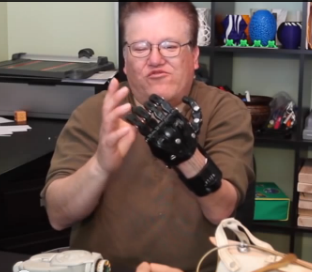
3D printing is touted by many as the next big technological shift that will radically change society, but those folks are already living in the past. Check out Jose Delgado, Jr., a man who was born with a missing left hand and has worn traditional hand prostheses all his life, comparing his new $50 3D printed hand to his previous $42,000 device.
Read The Article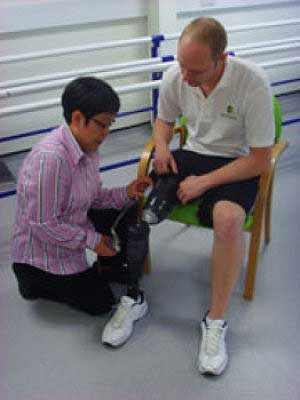
Lower limb prostheses have become quite advanced lately, in some cases they have capabilities that rival those of natural legs. Yet, no improvements are of any use if the prosthetic doesn’t quite fit, a common problem for amputees. This is because each amputee’s stump is different and customizing a fitted prosthetic that evenly distributes pressure is one of the greatest challenges in this field. Patients have to work with specialists on getting the shape just right, requiring a team effort that can take multiple iterations to get it fit.
Read The Article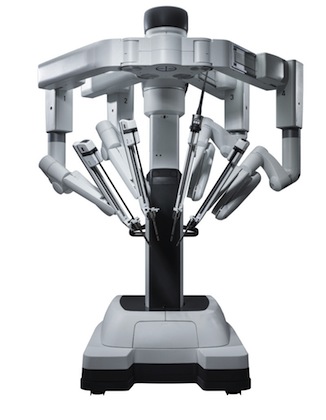
Those who visited our Expand events in San Francisco and New York last year already know that Intuitive Surgical's da Vinci robot allows for minimally invasive surgery while still giving doctors the kind of dexterity and control they need to do the job. However, the current iteration of the system, the da Vinci Si, is only optimal when targeting a small, focused area. If the surgeon wants to explore a different part of the body mid-operation, he or she would need to reposition the entire apparatus, which sometimes means driving the patient cart around to the other side or having to wedge the da Vinci base in between the patient's legs. Today, however, Intuitive Surgical has announced the da Vinci Xi, a brand new surgical robot that promises to make it a lot easier for surgeons to perform exactly those kinds of complex surgeries.
Read The Article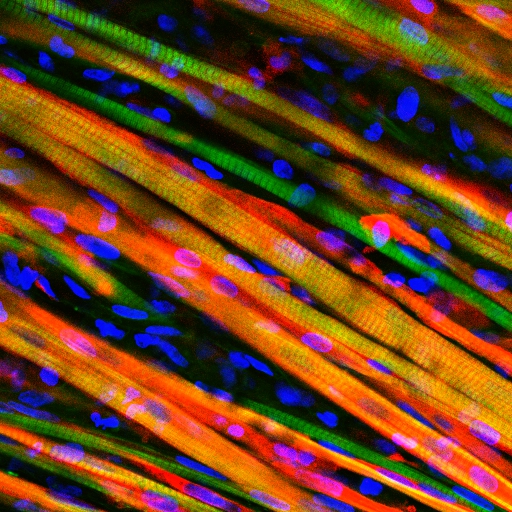
Biomedical engineers have grown living skeletal muscle that looks a lot like the real thing. It contracts powerfully and rapidly, integrates into mice quickly, and for the first time, demonstrates the ability to heal itself both inside the laboratory and inside an animal.
The study conducted at Duke University tested the bioengineered muscle by literally watching it through a window on the back of living mouse. The novel technique allowed for real-time monitoring of the muscle’s integration and maturation inside a living, walking animal.
Read The Article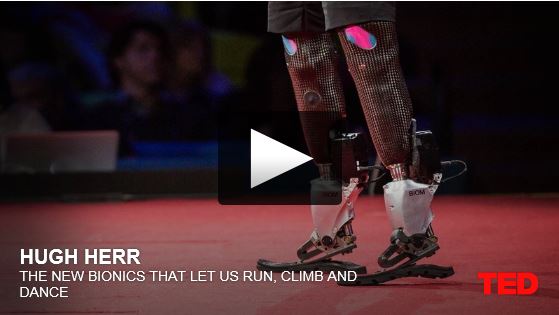
Prostheses and other body worn devices are changing how many people live and adapt to the world around us. Bionics, a field that applies biological concepts to building man-made devices, is revolutionizing not only how prostheses are built, but how we look at and interact with our bodies. Moreover, bionics may add new abilities to even those of us lucky enough to still have all our limbs intact.
Here’s Hugh Herr of MIT Media Lab’s Biomechatronics group showing off at TED what his and other laboratories around the world have been up to in the field of body-worn bionic devices. Make sure not to miss the wonderful final surprise act:
Read The Article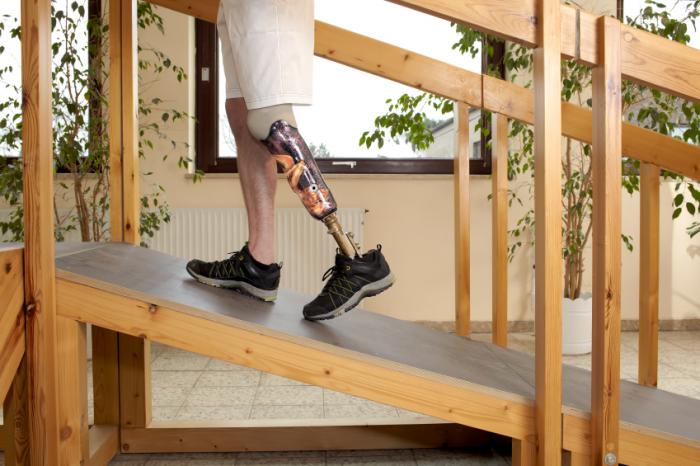
"The psychological challenges for amputees is daunting. More can be done, but in my mind, the key to success resides in enabling the amputee to seamlessly engage in activities of daily living," says David Hankin.
Hankin is CEO of the Alfred Mann Foundation - a medical research foundation based in California that works to create advanced medical technologies for people with debilitating medical conditions with the aim of improving their health and overall quality of life.
Read The Article
Doctors will try to save the lives of 10 patients with knife or gunshot wounds by placing them in suspended animation, buying time to fix their injuries
NEITHER dead or alive, knife-wound or gunshot victims will be cooled down and placed in suspended animation later this month, as a groundbreaking emergency technique is tested out for the first time.
Read The Article
Mike Schultz has always pushed himself to be the best he can achieve. He was living his dream as one of the top professional snowmobile racers and working his way up the ranks when an accident struck. He was thrown from his machine during a tough race, and a rough landing off his snowmobile resulted in an eventual amputation above the knee. But that didn’t stop Mike. He continued to chase his dream. Unfortunately, there were no prosthetic legs at that time that met his needs. So what did he do? He went ahead and designed his own, of course!
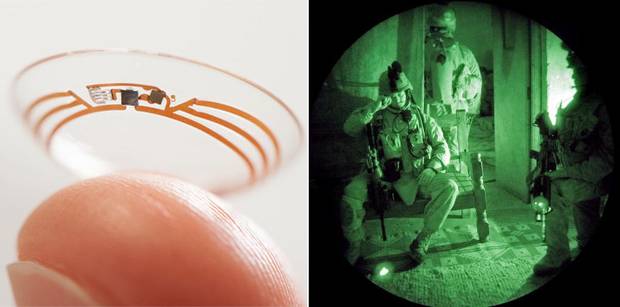
Night vision technology has been around for a while, but it's only really used by professionals (or professional creeps) due to its prohibitive size.
But what if night vision was something you could fit into a pair of contact lenses? You could keep a pair in your bag to slip in if you were going to be walking home alone in the dark, or even use them to take a night-time jaunt through a forest without spooking all the animals.
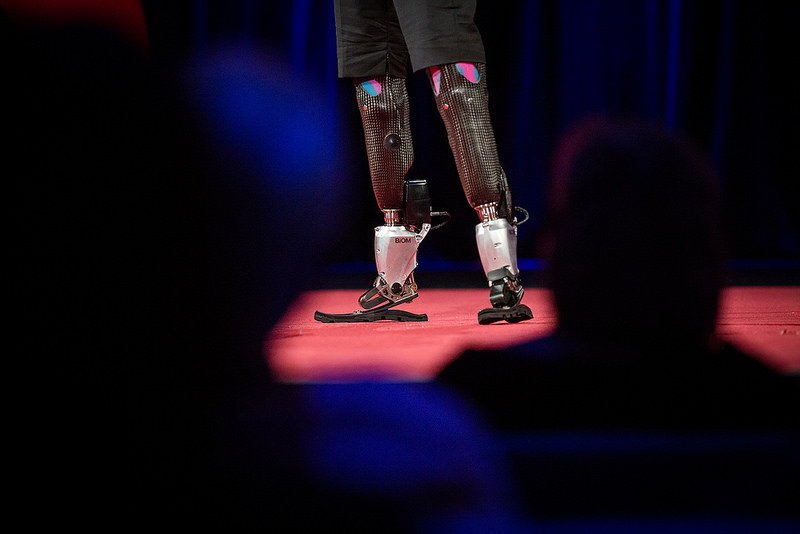
Hugh Herr, the director of the Biomechatronics Group at the MIT Media Lab, is known for his work on high-tech bionic limbs, and for demonstrating new prosthetic technologies on himself (he lost his legs in a climbing accident age 17). At TED this week, Herr showed off one of his more recent innovations in the space.
After a talk discussing the science of bionic limbs, Herr brought out Adrianne Haslet-Davis, a dance teacher who lost part of a leg in the Boston bombing last year. For the first time since her leg amputation, she performed a short ballroom dancing routine.This was made possible by a special kind of bionic limb, designed by Herr and his colleagues at MIT specifically for dancing.
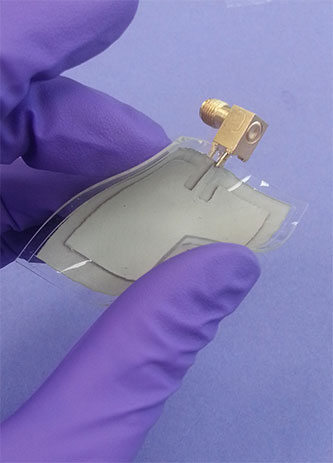
We here at Medgadget regularly cover new body-worn monitoring devices, and, judging by the way things are going, there’s a lot more to come as sensors get smaller, more capable, and easier to manufacture. On top of that, flexible electronics are poised to permit continuous monitoring of vital signs using devices that stick to and conform to the body’s shape and movement. One missing component is a flexible antenna that would transmit sensor readings to a central device.
Researchers at North Carolina State University have developed just such an antenna that can take shape of the body as it flexes, but that easily returns to its starting shape when released. The antenna is made by pouring a liquid polymer over a pattern of nanowires layed down using a stencil. When the polymer dries, the new material can be bent while preserving the conductivity of the wires within. The new antenna can be integrated with flexible sensors for all-in-one stick-on health monitoring devices.
Read The Article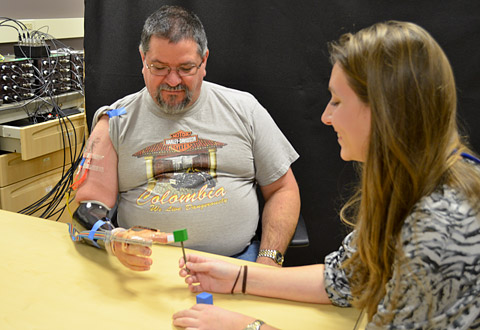
In that epic Star Wars movie, “The Empire Strikes Back,” Luke Skywalker gets his hand lopped off by his own father, Darth Vader, while the two are dueling with those cool light sabers.
But no worries.
In no time at all, Luke is outfitted with a brand new hand that looks and works just like the one he lost. Like it never even happened.

Physiatrist and engineer Todd Kuiken is building a prosthetic arm that connects with the human nervous system — improving motion, control and even feeling.
Todd Kuiken is a doctor and engineer at the Rehabilitation Institute of Chicago. He builds new prosthetics that connect with the human nervous system, so they can be controlled by the same impulses from the brain. He does this with a technology called targeted muscle reinnervation. It uses nerves remaining after an amputation to control an artificial limb, linking brain impulses to a computer in the prosthesis that directs motors to move the limb. An unexpected effect in some patients: Not only can they move their new limb, they can feel with it.
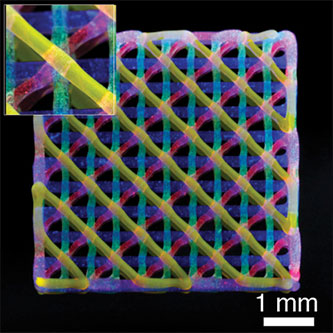
Artificially printed tissue may one day revolutionize how diseased organs are treated, fractured bones are fixed, and drugs are tested without human subjects. A great deal of progress has already been made toward this goal, but a major hurdle, that of integrating vasculature and bringing together different cell types into a functional whole, has significantly limited that progress. Now researchers at Harvard University report in journal Advanced Materials on a new method of 3D printing constructs made of three different cell types, including ones that line blood vessel walls.
Because any substantially large chunk of tissue requires oxygen to penetrate into its interior, the vessels within the construct allow for much larger pieces of printed tissue to be created.
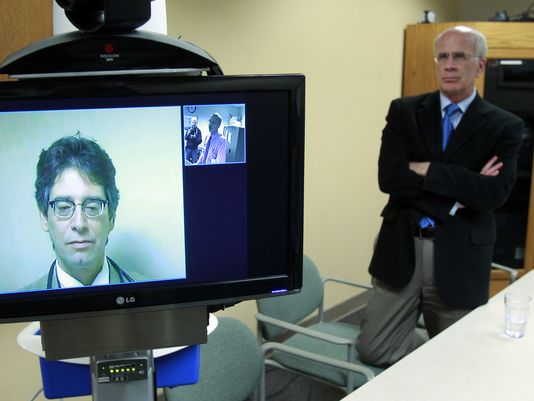
Telemedicine was once the purview of small town doctors who needed to consult with specialists available only in larger urban areas. Today, telemedicine technology is even being used to conduct surgeries using robotics, typically only in emergency situations such as during war.
Most telemedicine consists of video teleconferencing between a doctor and a patient. Doctors also routinely use telemedicine technology to transmit and discuss diagnostic images and to remotely monitor patients with chronic diseases so they don't have to leave their homes or nursing facilities.
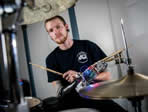
JASON BARNES had wanted to be a professional drummer since he was a teenager. But when he lost his arm in a freak accident he thought his dream was over. Now he has a second chance at the big time – thanks to a brand new robotic arm.
Barnes lost the lower half of his right arm two years ago, after getting an electric shock while cleaning a vent hood in a restaurant. But he refused to give up on his musical dream, so he built a simple drumming device out of a brace and some springs that attached to his arm. Although Barnes couldn't play quite as adeptly as before the accident, he was able to enrol at the Atlanta Institute of Music and Media in Georgia, and to make plans for a future career in music.
Read The Article
WASHINGTON, Mar. 6, 2014 – The Defense Department’s top doctor says the innovations and technology in military medicine derived from more than a decade of war in Iraq and Afghanistan have led to advances in caring for the sick and injured.
Dr. Jonathan Woodson, assistant secretary of defense for health affairs, told the Reserve Officer Association yesterday that in addition to the significant strides made in medical technology, other improvements in the military’s health care system such as a “data-driven, high-learning system that constantly improves and innovates,” have also made significant strides.
Read The Article

Naturally occurring electricity in our cells is key to how our bodies function, and that includes the healing of wounds.
And externally applied low-amplitude electric fields have been shown to help hard-to-heal chronic wounds, like those associated with diabetes, where there is insufficient blood supply and drug treatments are not effective. The externally applied electric field manipulates the body's naturally occurring electricity, such that the new vessels are formed, and blood supply to the wound is increased.
Read The Article
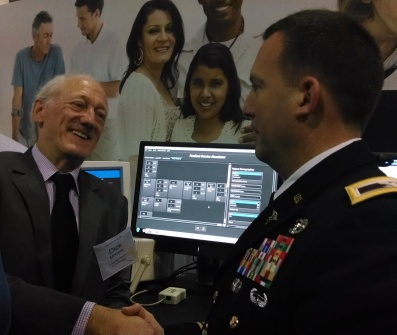
Ambler, PA - March 3, 2014 -Last week, Moberg demonstrated a cutting-edge development in hospital information technology with its new Medical Device Simulator at the Healthcare Information and Management Systems Society (HIMSS) meeting in Orlando, Florida (February 24-26, 2014). Moberg is one of the nation’s leaders in medical device integration technology. Moberg’s state-of-the-art neurological patient monitor, the CNS Monitor, resulted from over a decade of R&D in medical device connectivity. The Medical Device Simulator will be used by manufacturers, hospitals, and research organizations to test the integrity of essential information systems.
Read The Article
Amid growing alarm at the rate of suicide among members of the military and confusion about possible causes, researchers reported on Monday that most of the Army’s enlisted men and women with suicidal tendencies had them before they enlisted, and that those at highest risk of making an attempt often had a long history of impulsive anger.
The new research — contained in three papers posted online Monday by the journal JAMA Psychiatry — found that about one in 10 soldiers qualified for a diagnosis of “intermittent explosive disorder,” as it is known to psychiatrists — more than five times the rate found in the general population. This impulsive pattern, in combination with mood disorders and the stresses of deployment, increased the likelihood of acting on suicidal urges.
Read The Article
Fear not, flying-jeep adherents, DARPA may have blinked and turned its Transformer fly/drive vehicle into the Ares modular VTOL unmanned delivery system, but there are others out there who still hope to make your dream come true.
Transformer was intended to demonstrate a lightly armored vehicle that could fly four people from ship to shore then drive on and off road, lifting off to fly over ambushes or IEDs -- and highly automated so piloting skills would not be required.
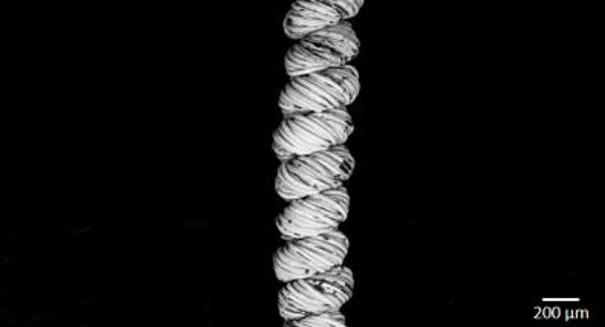
A recent discovery by an international team of researchers led by the University of Texas at Dallas has resulted in the development of inexpensive, powerful synthetic muscles using fishing line and sewing thread.
Read The Article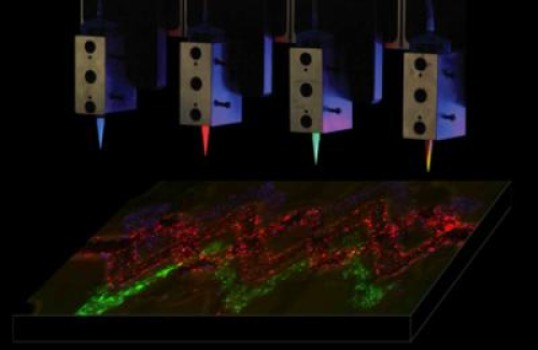
A new bioprinting method creates intricately patterned 3-D tissue constructs with multiple types of cells and tiny blood vessels. The work represents a major step toward a longstanding goal of tissue engineers: creating human tissue constructs realistic enough to test drug safety and effectiveness. The method also represents an early but important step toward building fully functional replacements for injured or diseased tissue that can be designed from CAT scan data using computer-aided design (CAD), printed in 3D at the push of a button, and used by surgeons to repair or replace damaged tissue.
Read The Article
To help people suffering paralysis from injury, stroke or disease, scientists have invented brain-machine interfaces that record electrical signals of neurons in the brain and translate them to movement. Usually, that means the neural signals direct a device, like a robotic arm.
Cornell University researcher Maryam Shanechi, assistant professor of electrical and computer engineering, working with Ziv Williams, assistant professor of neurosurgery at Harvard Medical School, is bringing brain-machine interfaces to the next level: Instead of signals directing a device, she hopes to help paralyzed people move their own limb, just by thinking about it.
Read The Article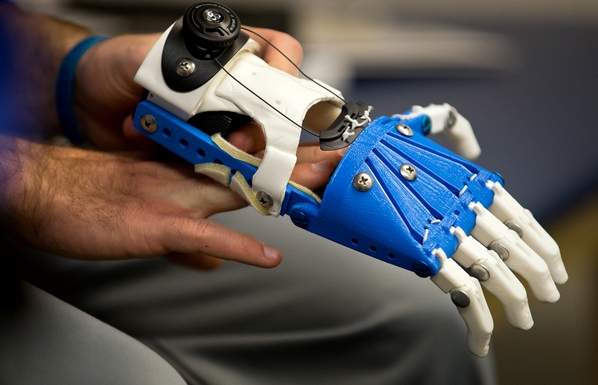
At first it looks like bits of plastic, scattered across a table and resting in boxes.
When Jorge Zuniga pieces it together, it looks more like a prop from the set of a superhero movie, something Iron Man might slip on or a gadget for Bruce Wayne.
The mechanical hands, though, are for kids.
Read The Article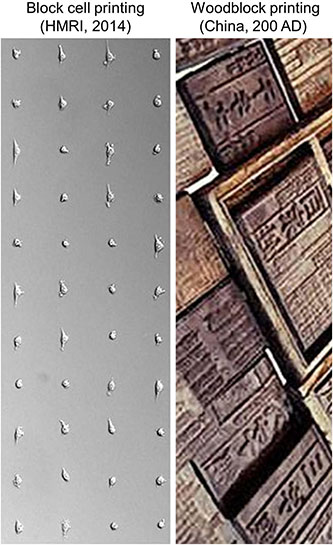
Tissue printing may significantly improve how any number of medical conditions are treated, perhaps one day even allowing for complete organs to be created in the lab to replace diseased ones. The most promising technique involves using modified inkjet printers to deposit live cells onto a substrate, but a significant drawback is that the cells often end up injured or killed by the printers. Now researchers from Houston Methodist Research Institute, Cornell University, and University of Texas M. D. Anderson Cancer Center have developed a completely new approach that can safely deposit live cells in an ordered fashion without causing them damage.
Read The Article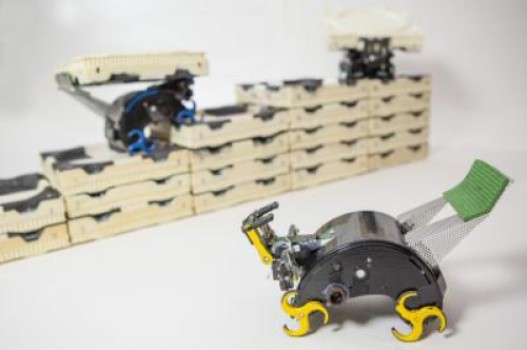
On the plains of Namibia, millions of tiny termites are building a mound of soil—an 8-foot-tall “lung” for their underground nest. During a year of construction, many termites will live and die, wind and rain will erode the structure, and yet the colony’s life-sustaining project will continue. Inspired by the termites’ resilience and collective intelligence, a team of computer scientists and engineers has created an autonomous robotic construction crew. The system needs no supervisor, no eye in the sky, and no communication: just simple robots—any number of robots—that cooperate by modifying their environment.
Read The Article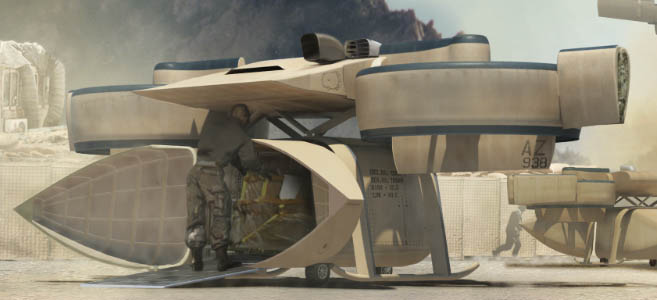
U.S. military experience has shown that rugged terrain and threats such as ambushes and Improvised Explosive Devices (IEDs) can make ground-based transportation to and from the front lines a dangerous challenge. Combat outposts require on average 100,000 pounds of material a week, and high elevation and impassable mountain roads often restrict access. Helicopters are one solution, but the supply of available helicopters can’t meet the demand for their services, which cover diverse operational needs including resupply, tactical insertion and extraction, and casualty evacuation.
Read The Article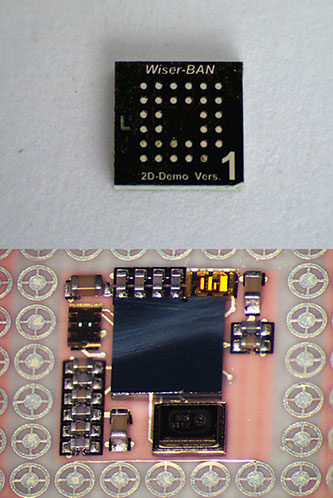
Small electronic medical devices, while already quite advanced and compact, can benefit significantly from further reduction in size. Hearing aids in particular can become nearly invisible if made small enough to fit inside the ear. Engineers at Fraunhofer Institute of Reliability and Microintegration in Berlin, Germany have been working to incorporate multiple electronic components into a tiny module that can perform a variety of tasks.
Read The Article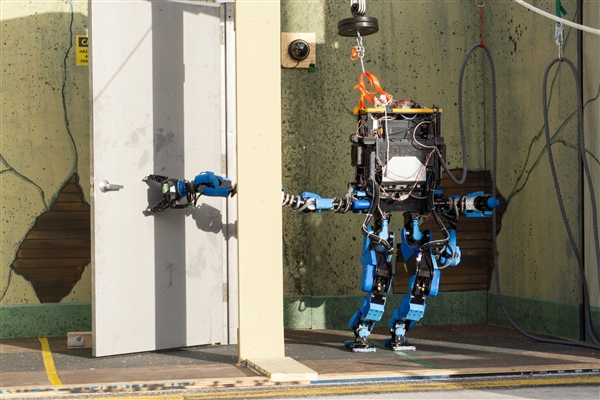
WASHINGTON, Feb. 6, 2014 – In the future, when an earthquake or tsunami strikes a populated area or a terrorist attack decimates a city, teams of disaster experts partnered with robots -- whose skills are being honed in rigorous competitions funded by the Defense Advanced Research Projects Agency -- may be the first responders.
Read The Article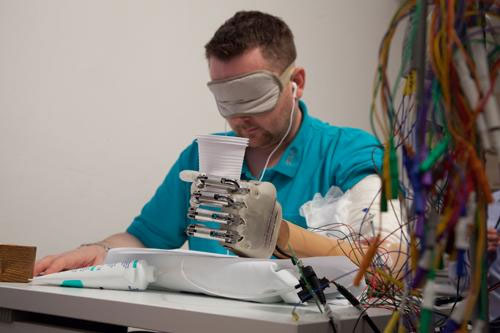
The mechanics of prosthetic hands has advanced tremendously over the past decades, and these devices have become lighter, stronger, and more responsive to their users. Yet, the sense of touch, a crucial component of a true prosthetic, has been difficult to implement.
Read The Article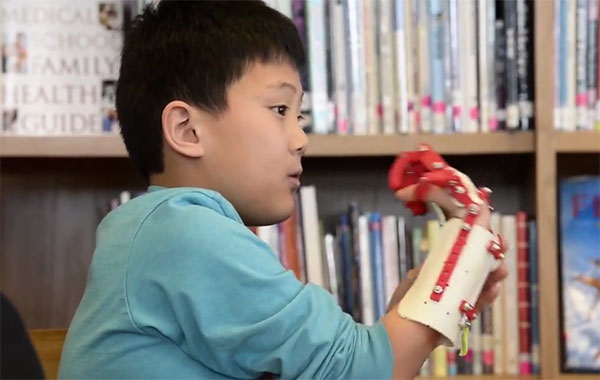
While pundits and futurists talk about how 3D printing technology will affect our lives, others simply start applying it to address real challenges today. Last year we wrote about a small collaboration between a guy in South Africa who lost his fingers and an engineer that wanted to help, that led to a 3D printed hand. Now Mason Wilde, a high school junior, used the same electronic blueprints to print a hand for a very excited neighbor kid with missing fingers, and with great results. He did have to make some minor modifications to the blueprints, but the project demonstrated that 3D printing is here, and not just for making your own designer coffee mugs.
Read The Article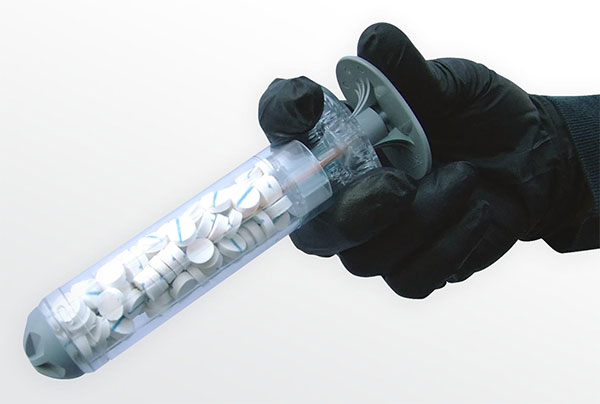
Gunshot wounds require rapid treatment by first responders before transferring the patient into ER and then surgery. Often, this involves stuffing lots of gauze and applying pressure to prevent blood from exiting the wound. While effective in its own right, this can be difficult to perform and can eat up precious time during a serious situation.
Read The Article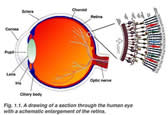
The ability to arrange cells into highly defined patterns and structures has recently elevated the use of 3D printing in the biomedical sciences to create cell-based structures for use in regenerative medicine.
Read The Article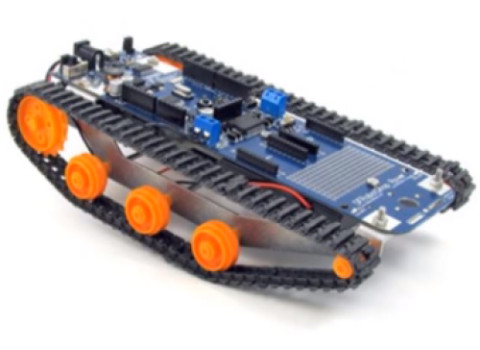
Scientists have developed a robot that perceives environmental stimuli and learns to react to them. The scientists used the relatively simple nervous system of the honeybee as a model for its working principles. To this end, they installed a camera on a small robotic vehicle and connected it to a computer. The computer program replicated in a simplified way the sensorimotor network of the insect brain.
Read The Article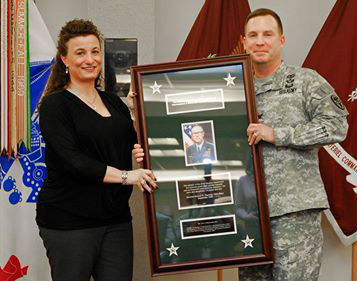
On 30 January 2014, our very own Ms. Lori DeBernardis was presented with the 2013 General Maxwell Thurman Award for long-time sustained achievements in the field of Telemedicine.
Read The Article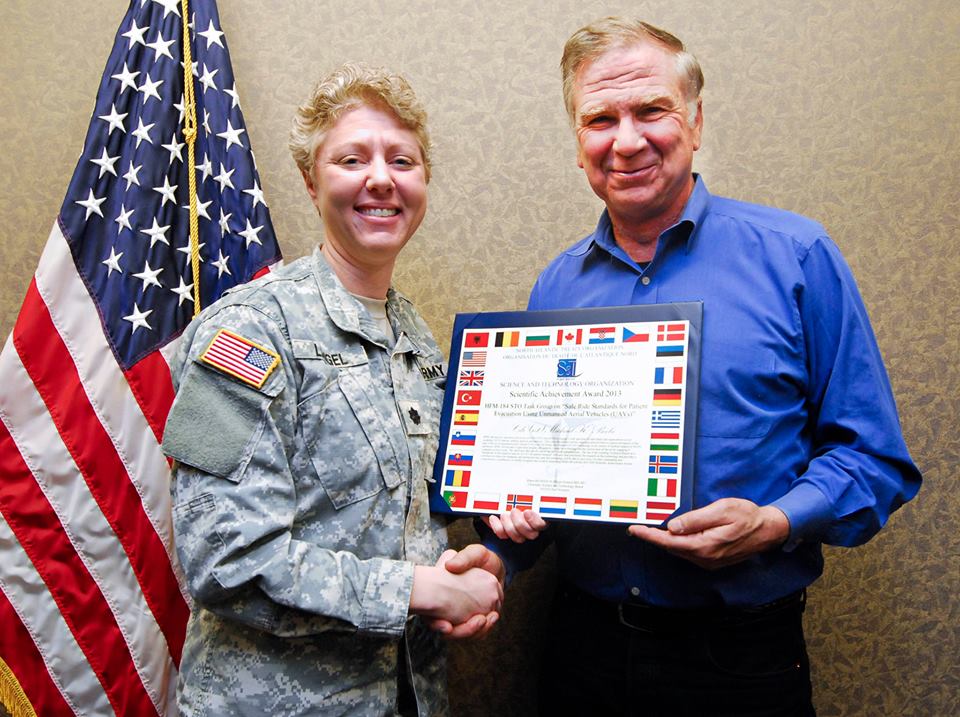
A former TATRC program manager, CDR (ret) Michael K. Beebe was named the recipient of the 2013 NATO Science and Technology Organization (STO) Scientific Achievement Award for "Safe Ride Standards for Casualty Evacuation Using Unmanned Aerial Vehicles (UAVs)."
Read The Article
Members of the Field Medical Training Battalion tested the Tempus Pro, a tactical telemedicine device, over two days of informational and operational testing aboard Camp Pendleton, Calif., Jan. 22-23.
Read The Article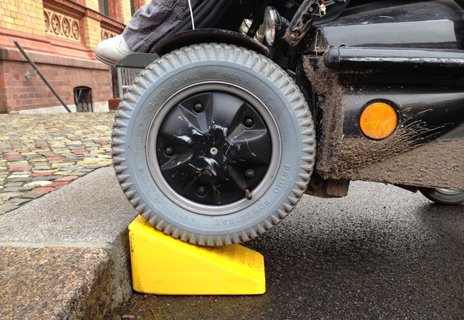
Disabled people often need personalised equipment to help with their individual needs. Could 3D printing provide a cheap and efficient solution?
Disabled Berliner Raul Krauthausen bought himself a 3D printer a year ago, thinking that it might be fun to make iPhone cases and key chains. After a while he wondered if he could create something more useful for himself.
Read The Article
Could we be returning to the tradition of seeing our doctors at home? We might be, but in this more modern version, the doctor may very well pop up on your computer screen instead of at your front door.
This is the concept of telehealth. Also referred to as “virtual” office visits, it means being able to see your doctor and health care professionals remotely via your computer, your tablet or even your smartphone.
Read The Article
Responsive holograms that change color in the presence of certain compounds are being developed into portable medical tests and devices, which could be used to monitor conditions such as diabetes, cardiac function, infections, electrolyte or hormone imbalance easily and inexpensively.
Read The Article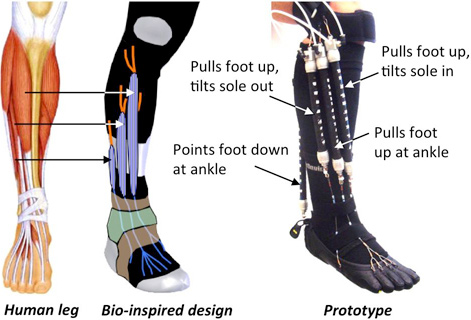
Yong-Lae Park, an assistant professor of robotics at Carnegie Mellon has developed a soft-wearable orthotic device to assist sufferers of gait abnormalities with ankle-foot rehabilitation. The bio-inspired device was designed using soft plastics and composite materials to achieve more natural motions of the ankle than a conventional rigid exoskeleton.
Read The Article
Students starting at George Washington School of Medicine and Health Sciences this fall will be given iPads joining the growing list medical schools subscribing to mobile learning
Healthcare organizations have been inundated with tablets and mobile technology recently. Apps for iPad are being used in the operating room to transform the tablet into a real time viewfinder and other apps send critical patient information to the ER or keep patients on track with their medications and treatments. With this type of technology at the forefront of innovation and even being used as a replacement for mobile computing carts, its essential physicians know how to easily and quickly navigate the technology.
Read The Article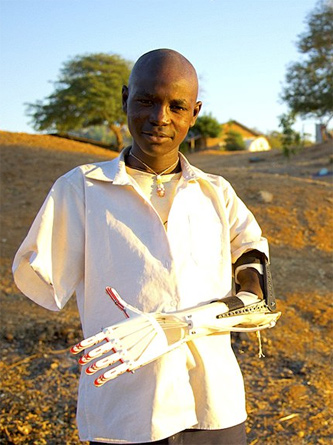
Daniel is a Sudanese boy who tragically lost both upper extremities in an bomb attack. His story, described in a 2012 TIME story inspired Not Impossible Labs CEO Mick Ebeling to fly to the South Sudan with the goal of giving Daniel prosthetic arms. Collaborating with industry experts, including the inventor of the 3D-printed Robohand, Not Impossible Labs set up reportedly the world’s first prosthetic lab with 3D printers.
Read The Article
WASHINGTON, Jan. 10, 2014 – It’s metal, sleek and precise. It pivots and flexes like a real hand, or at least one from a science-fiction movie.
But with no Hollywood special effects involved, brain research experts at yesterday’s Defense Advanced Research Projects Agency Congressional Tech Showcase here demonstrated an artificial arm and hand that can do everything from picking up cups to playing the piano, powered by the user’s brain.
Read The Article